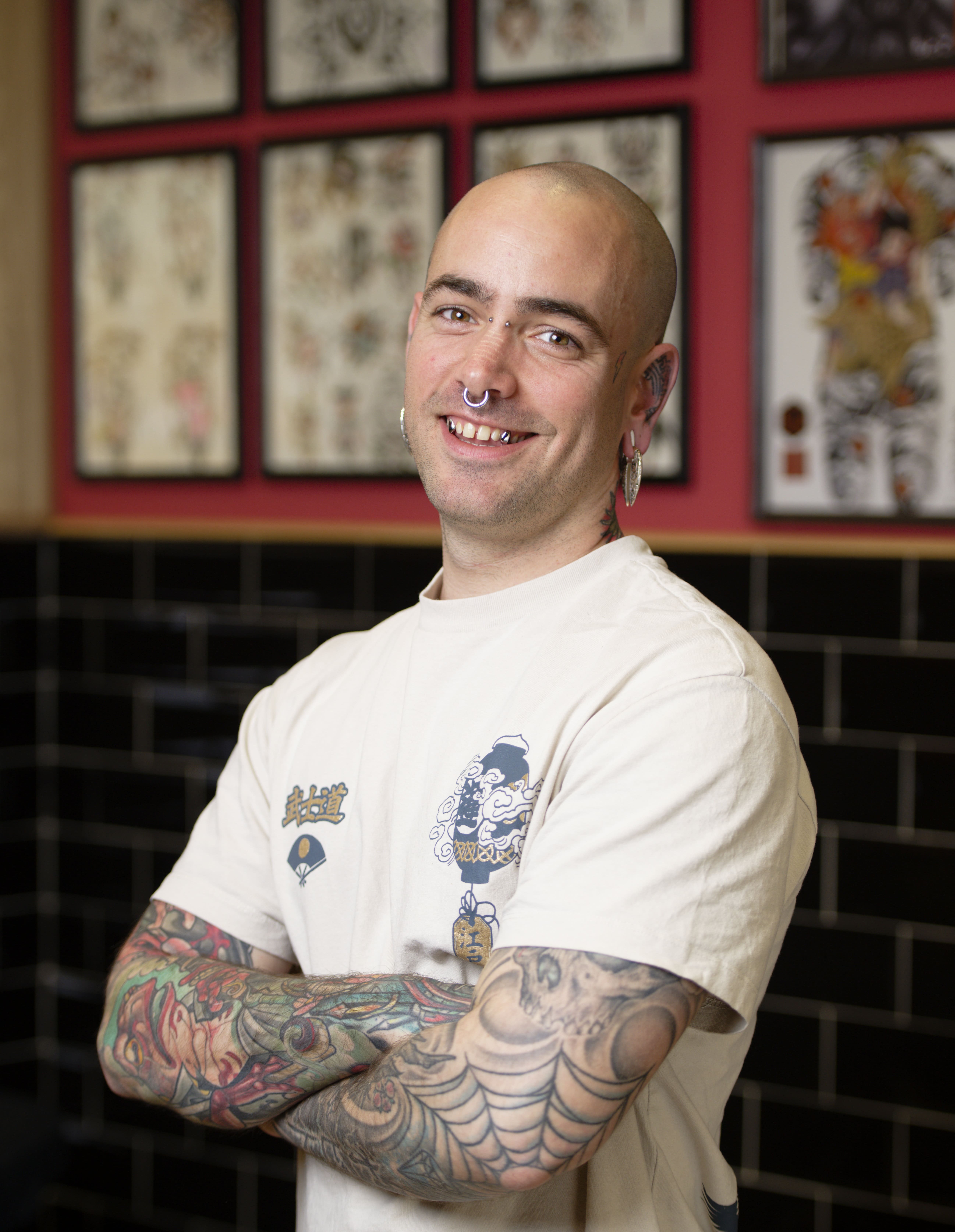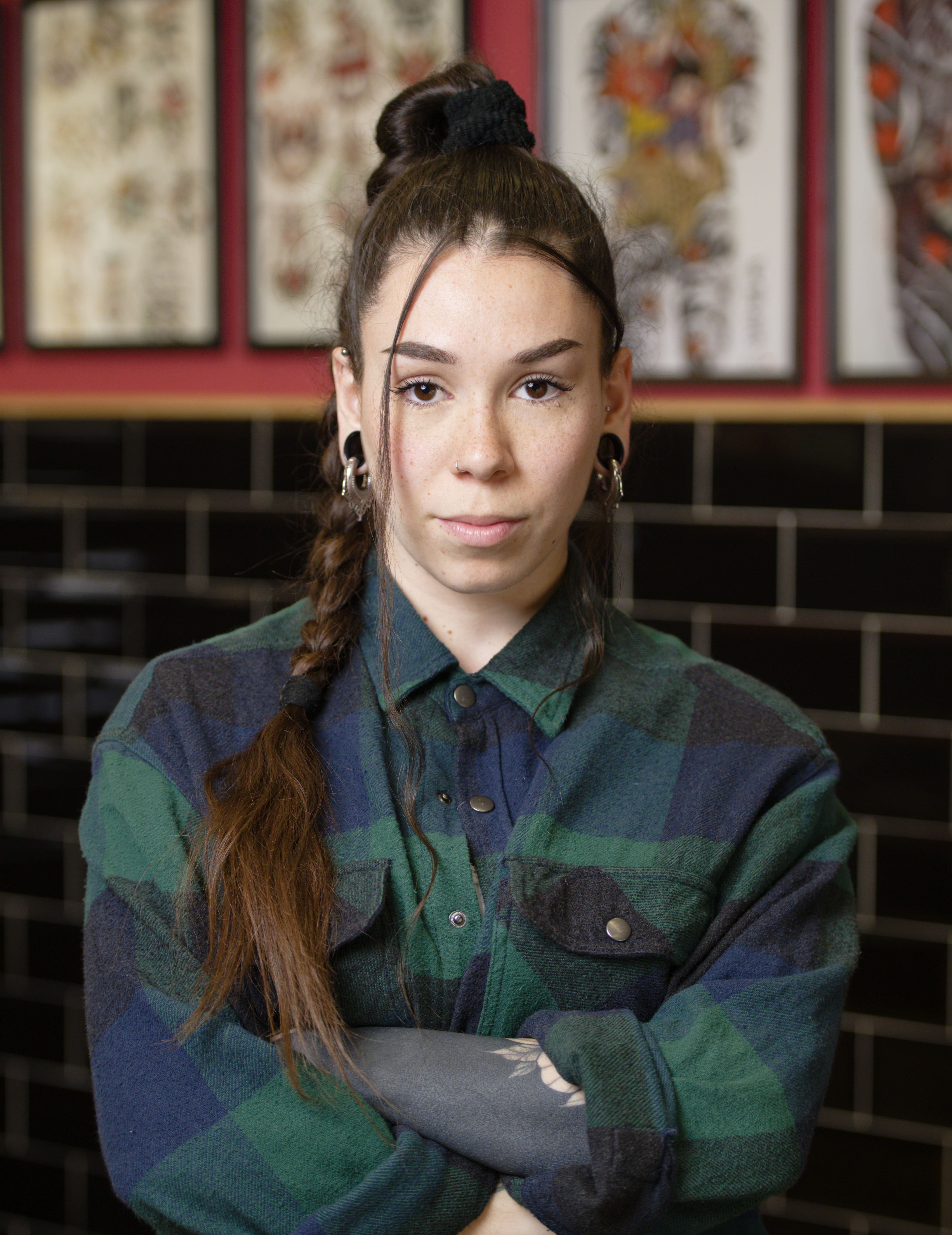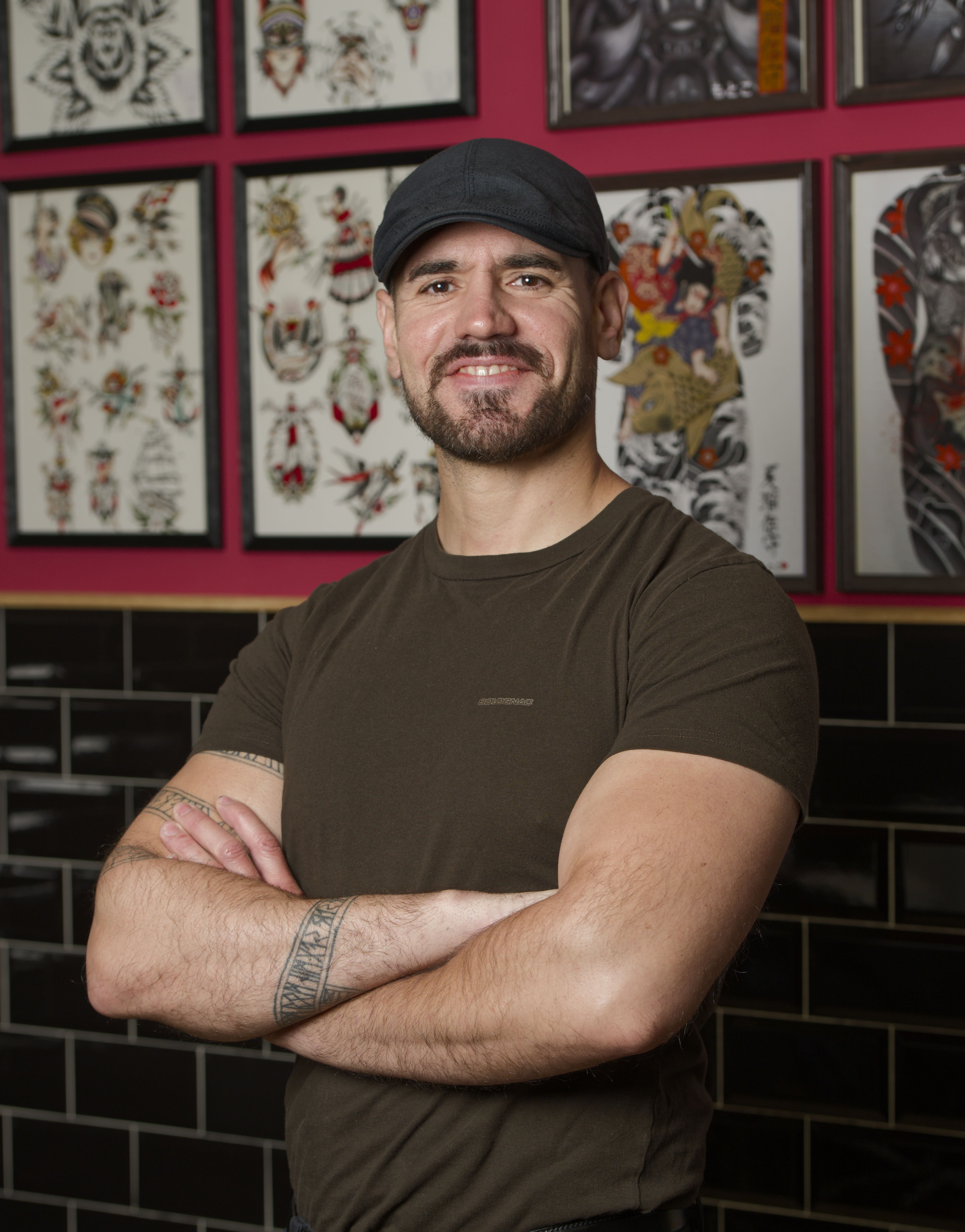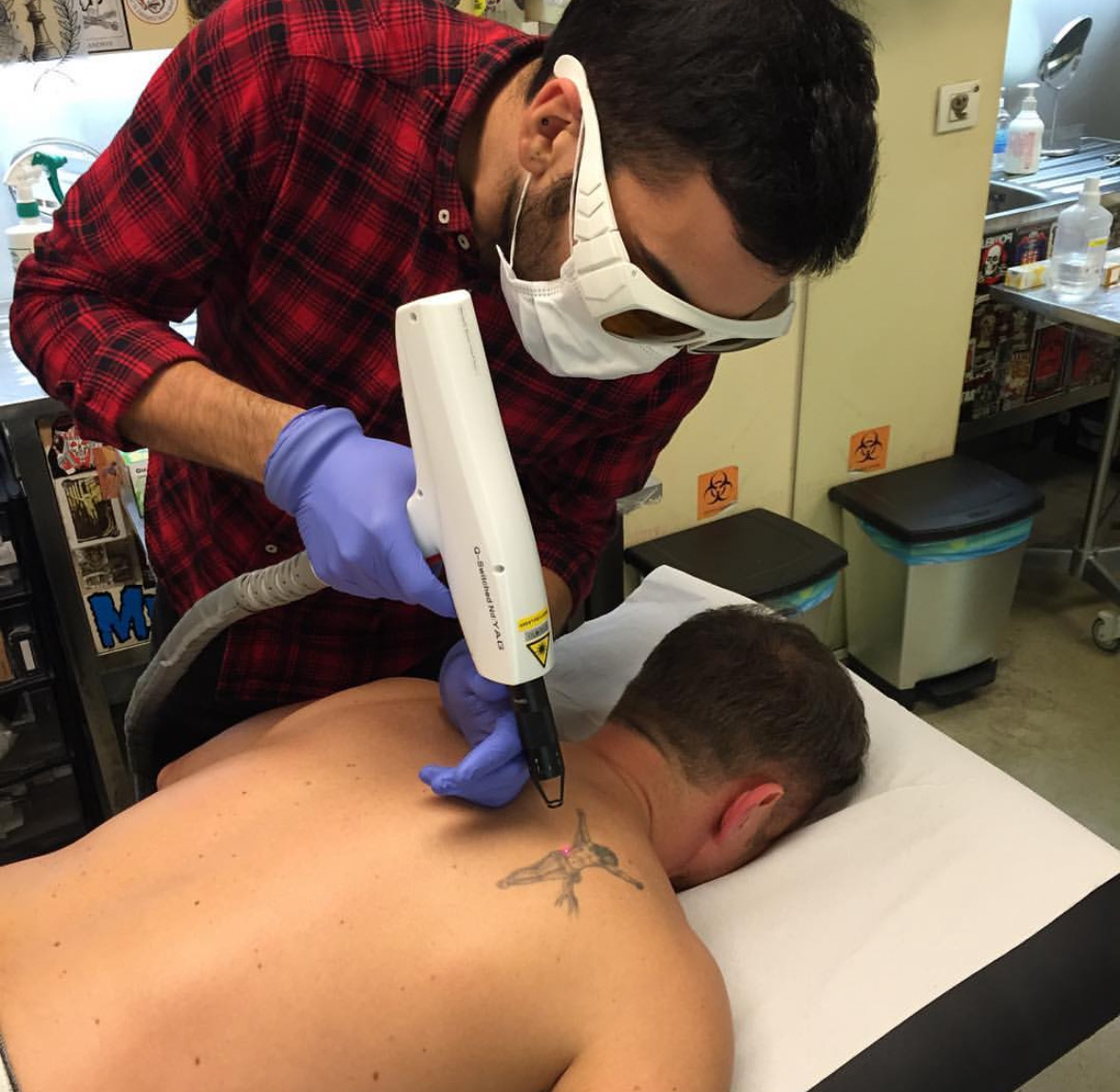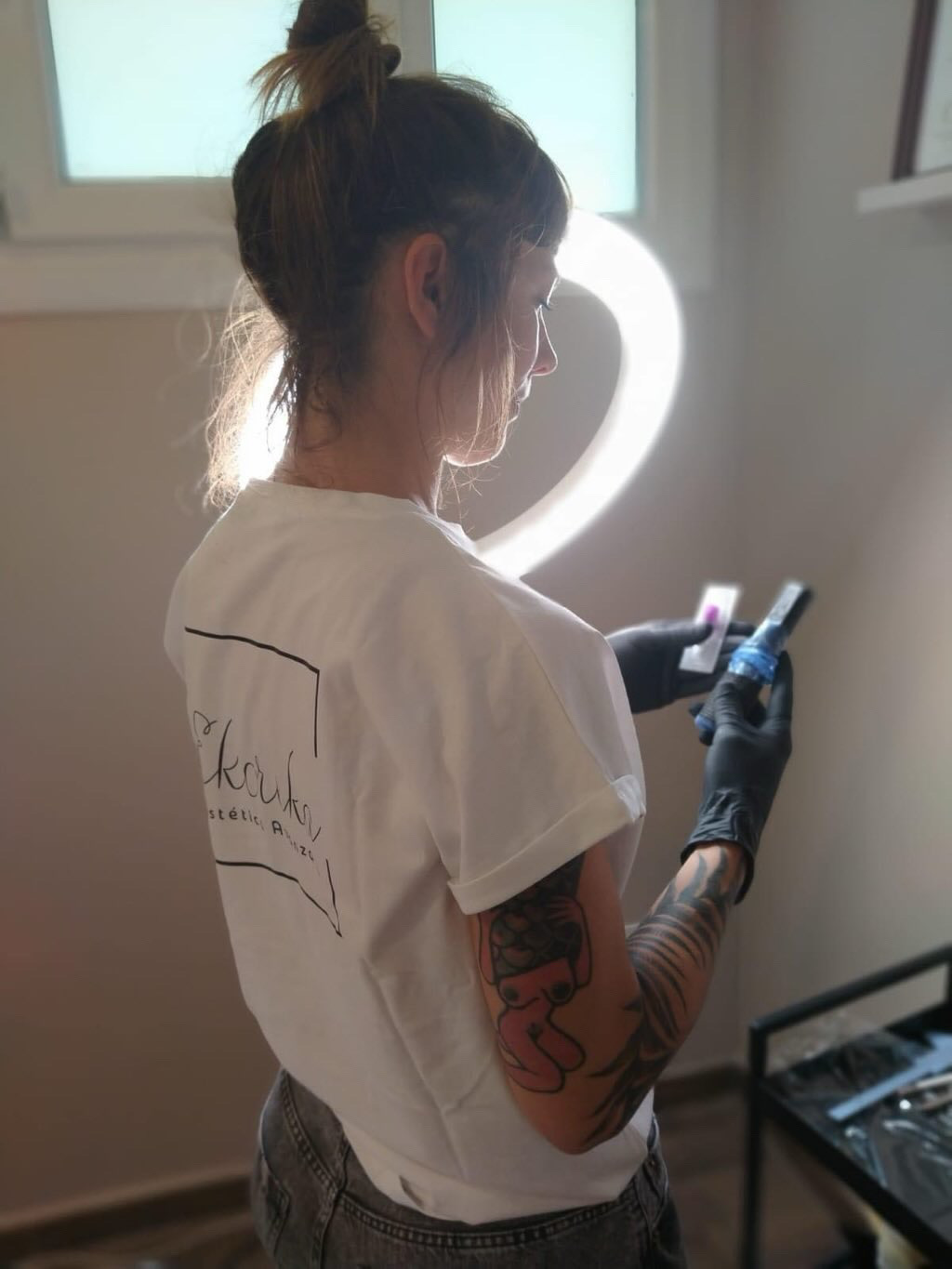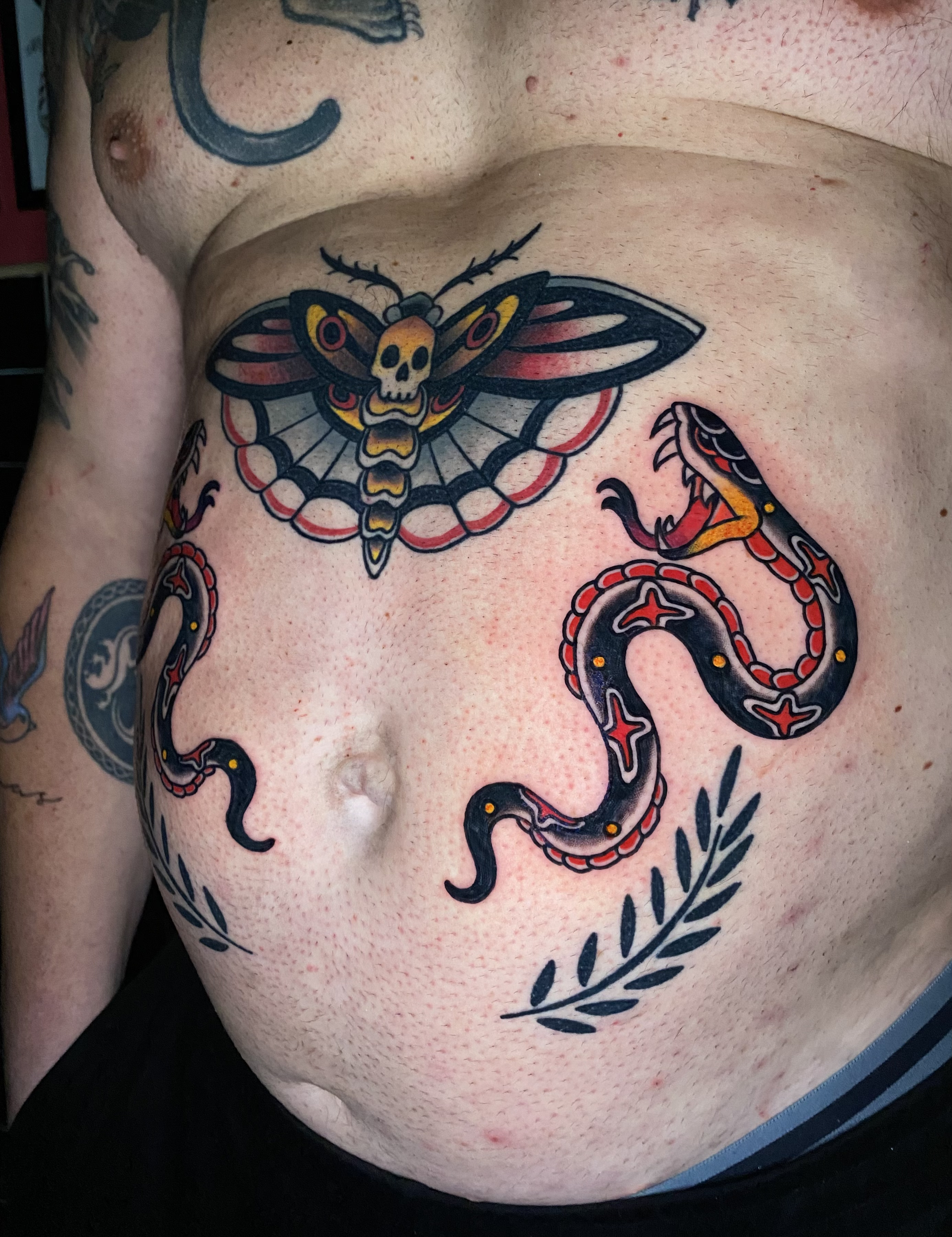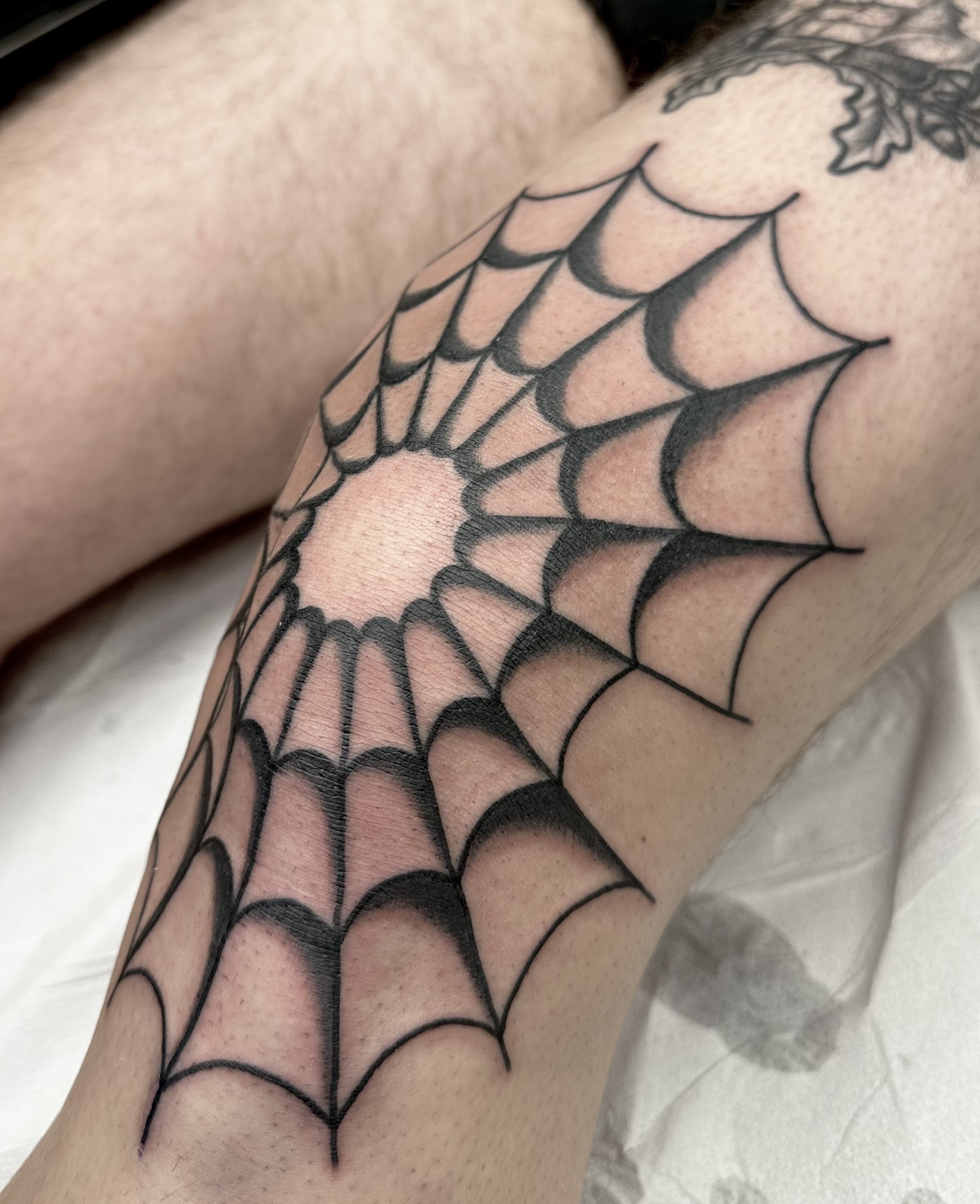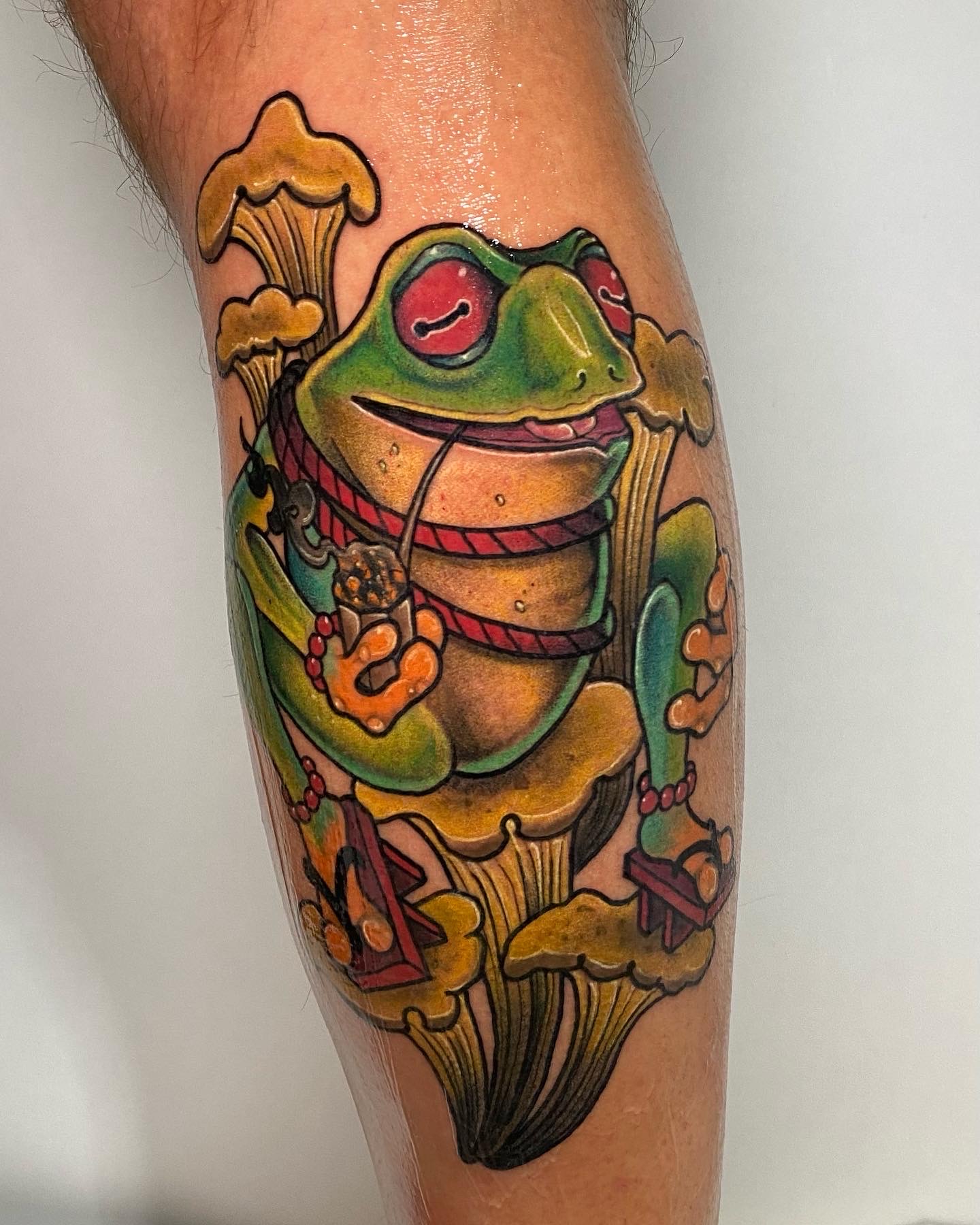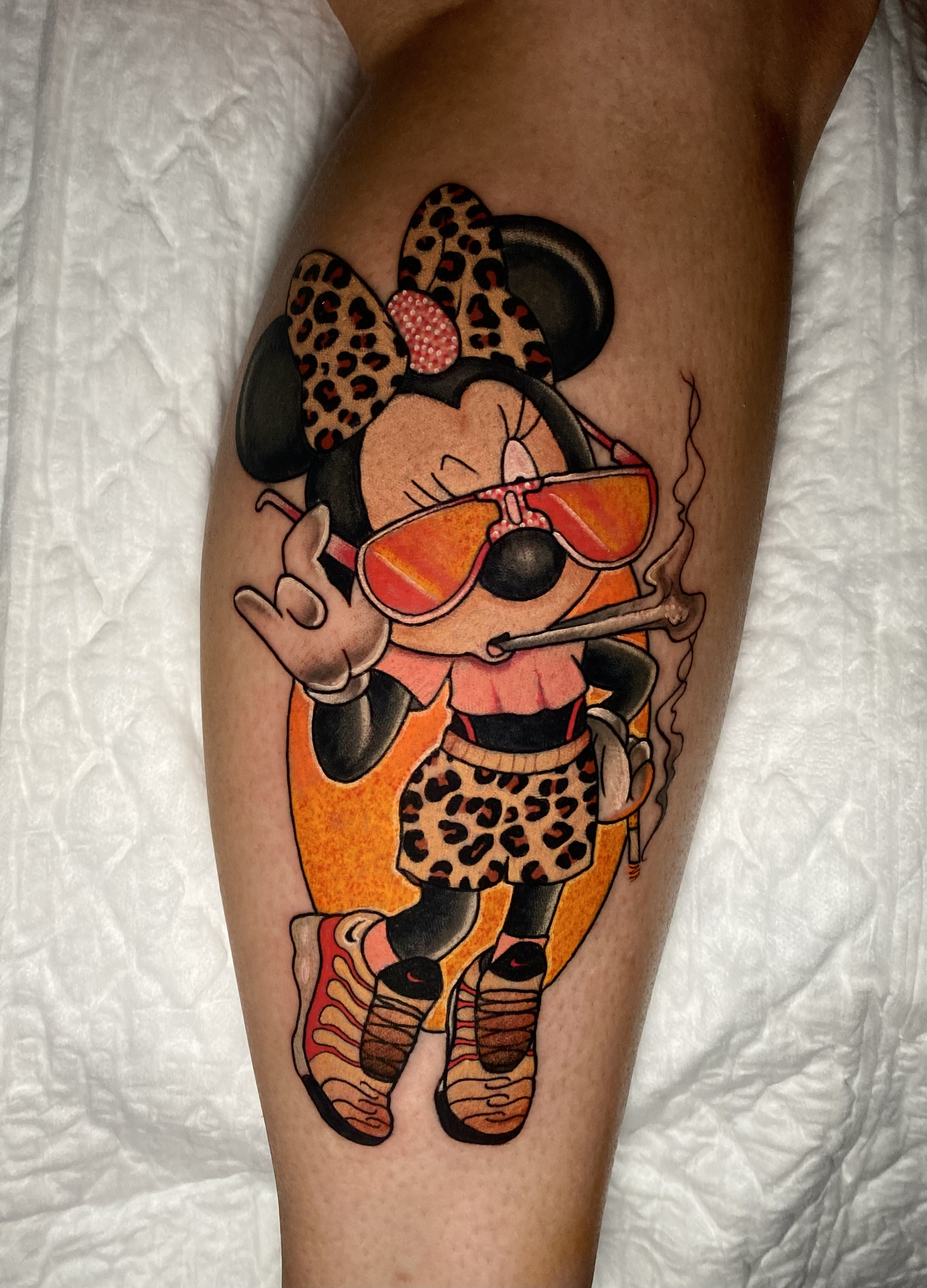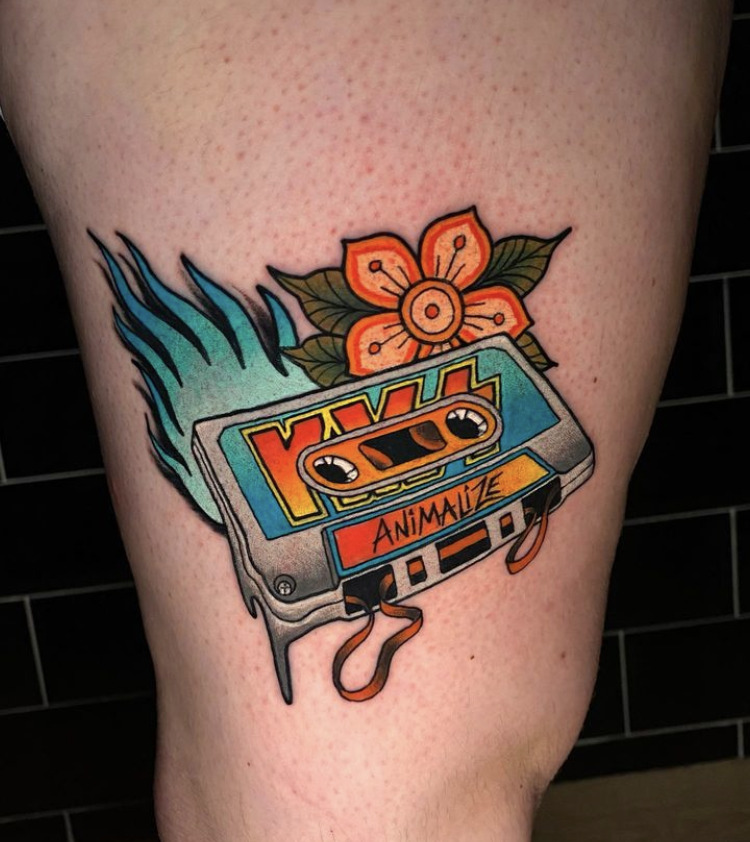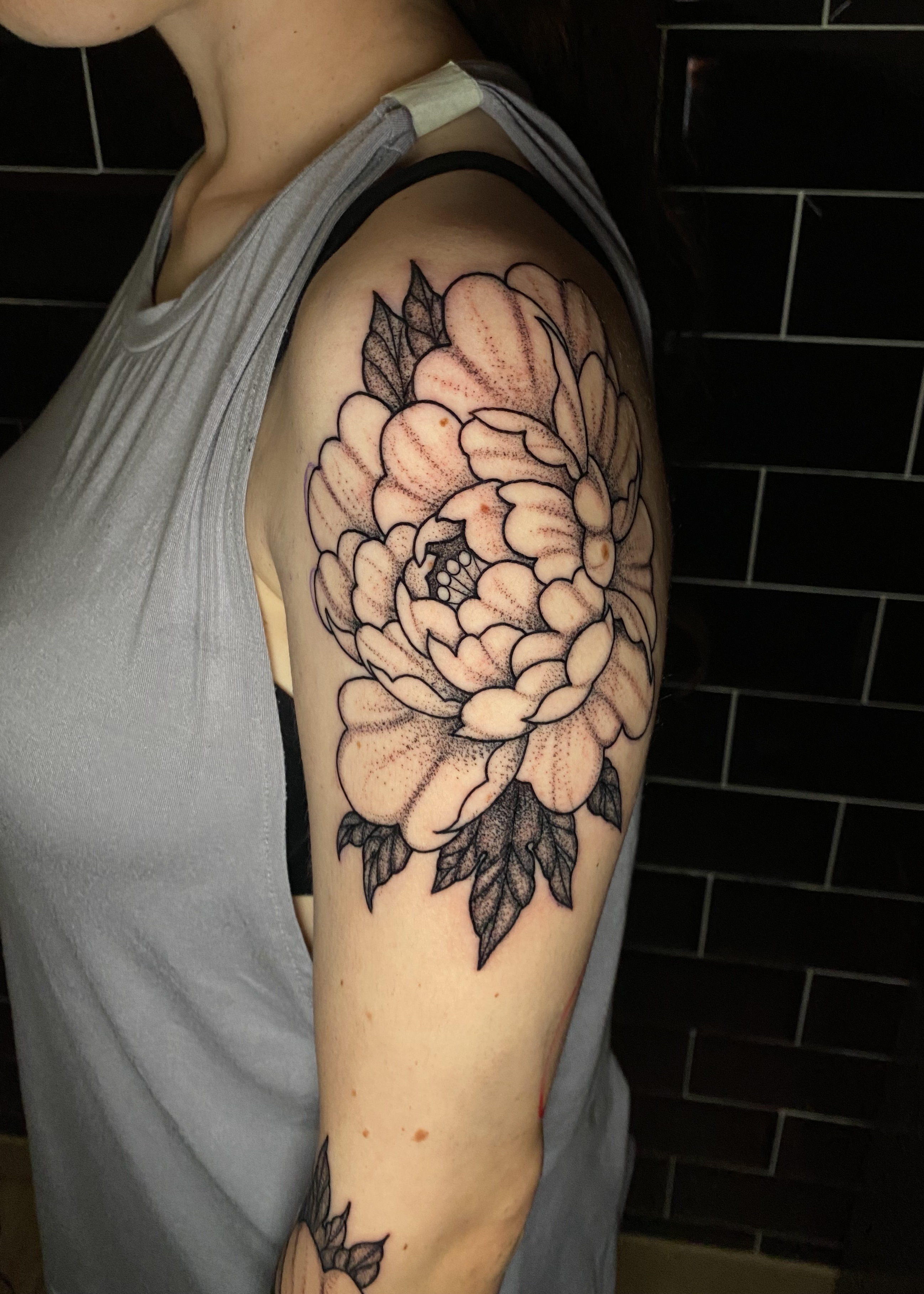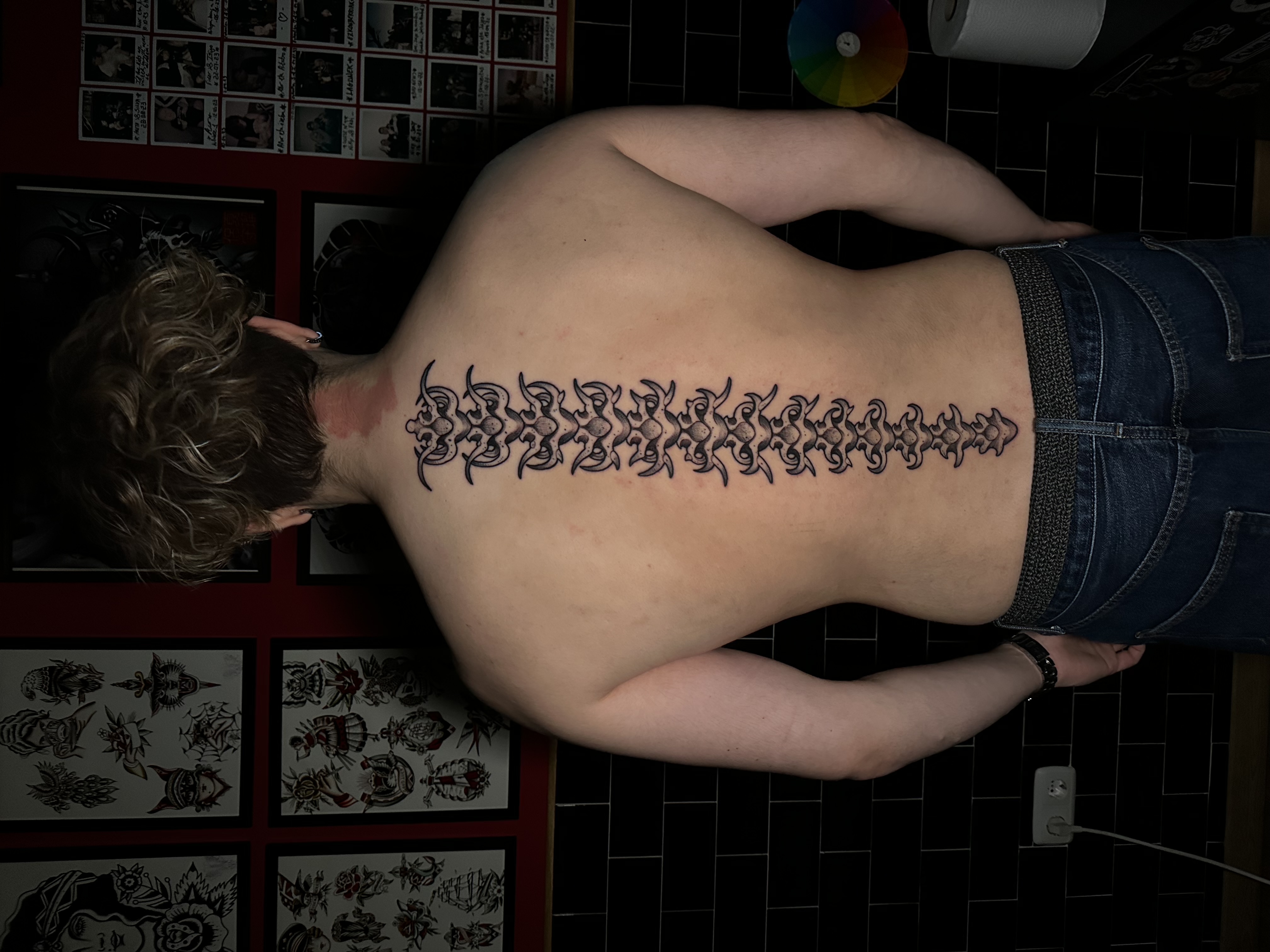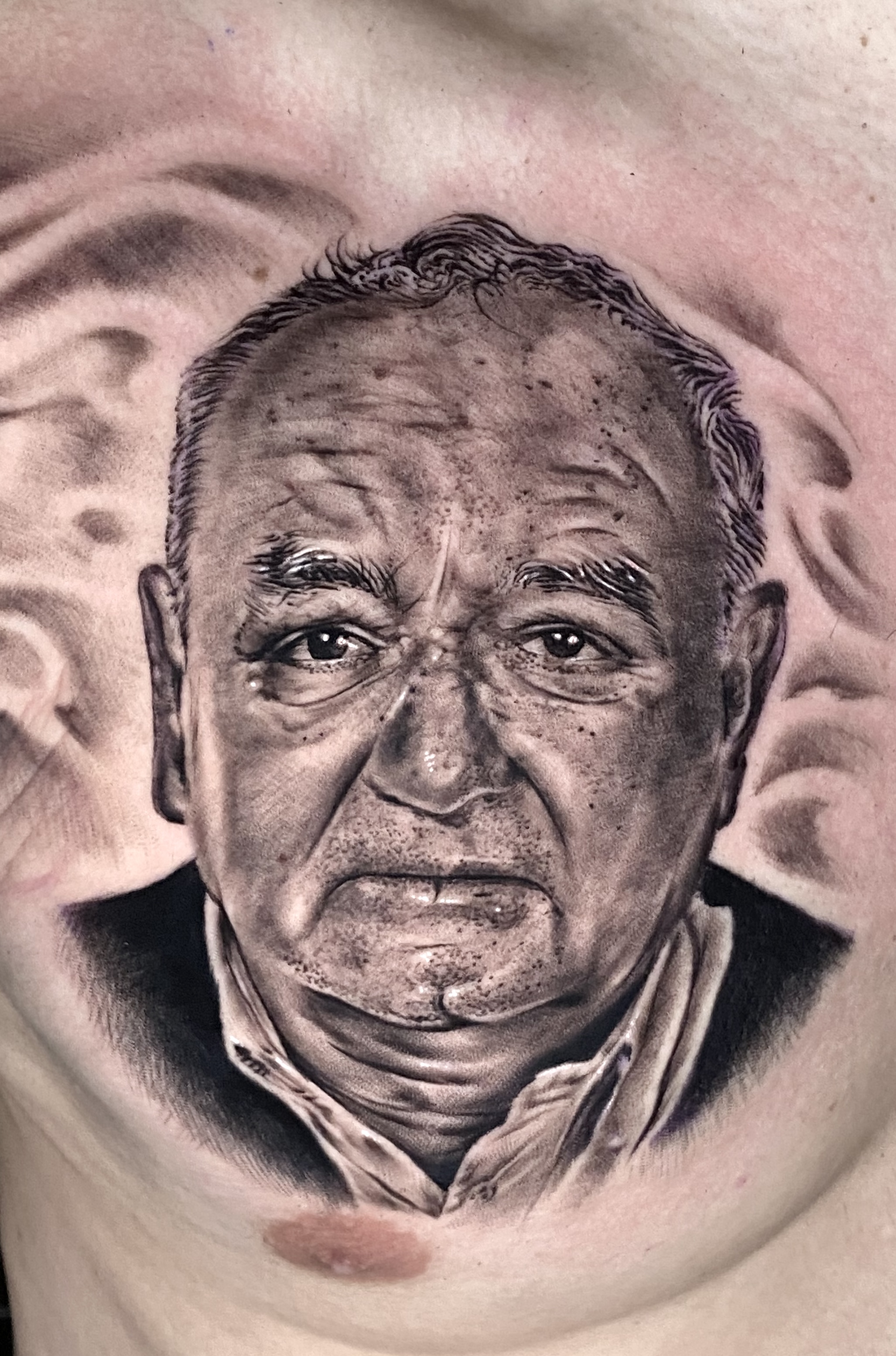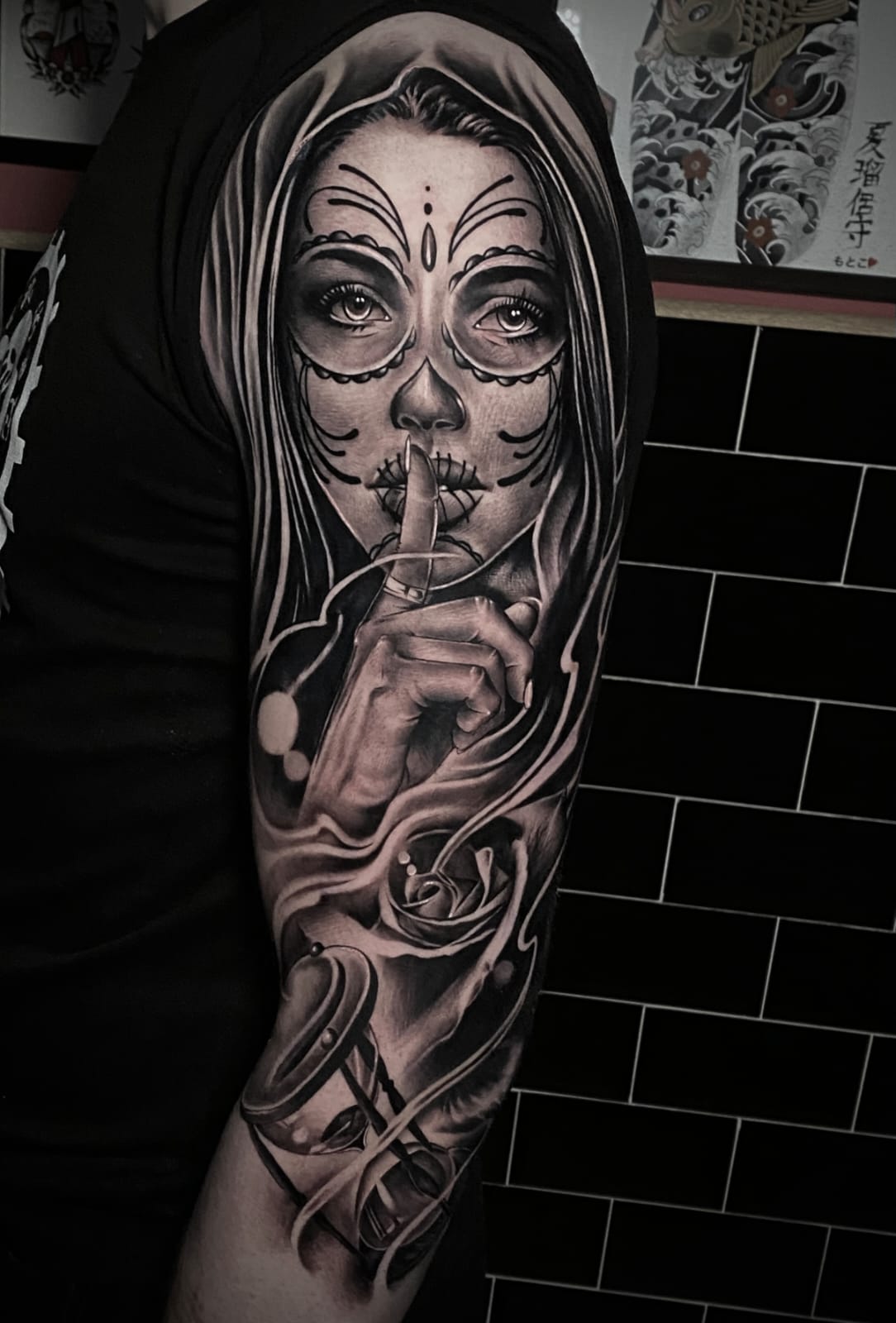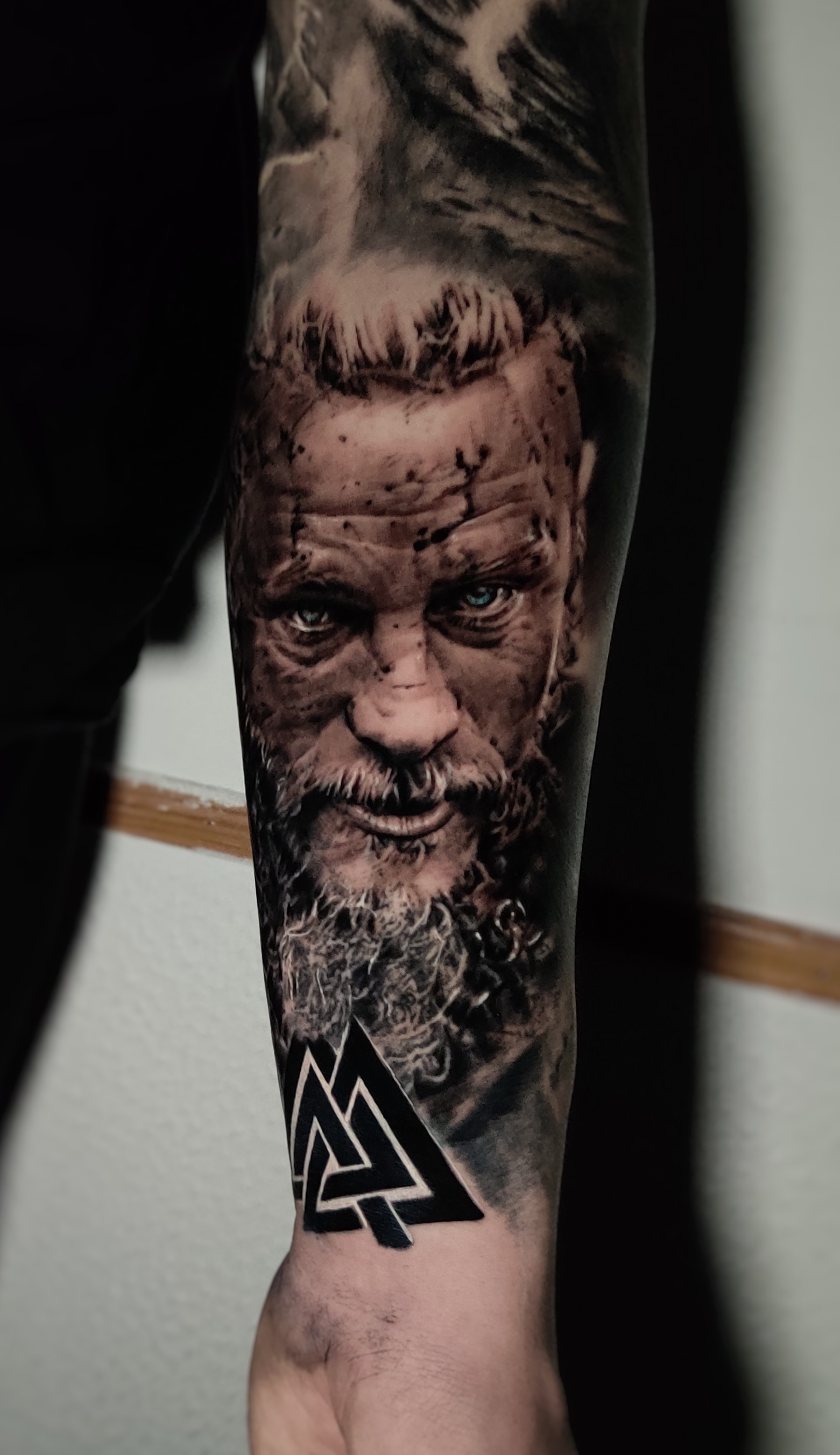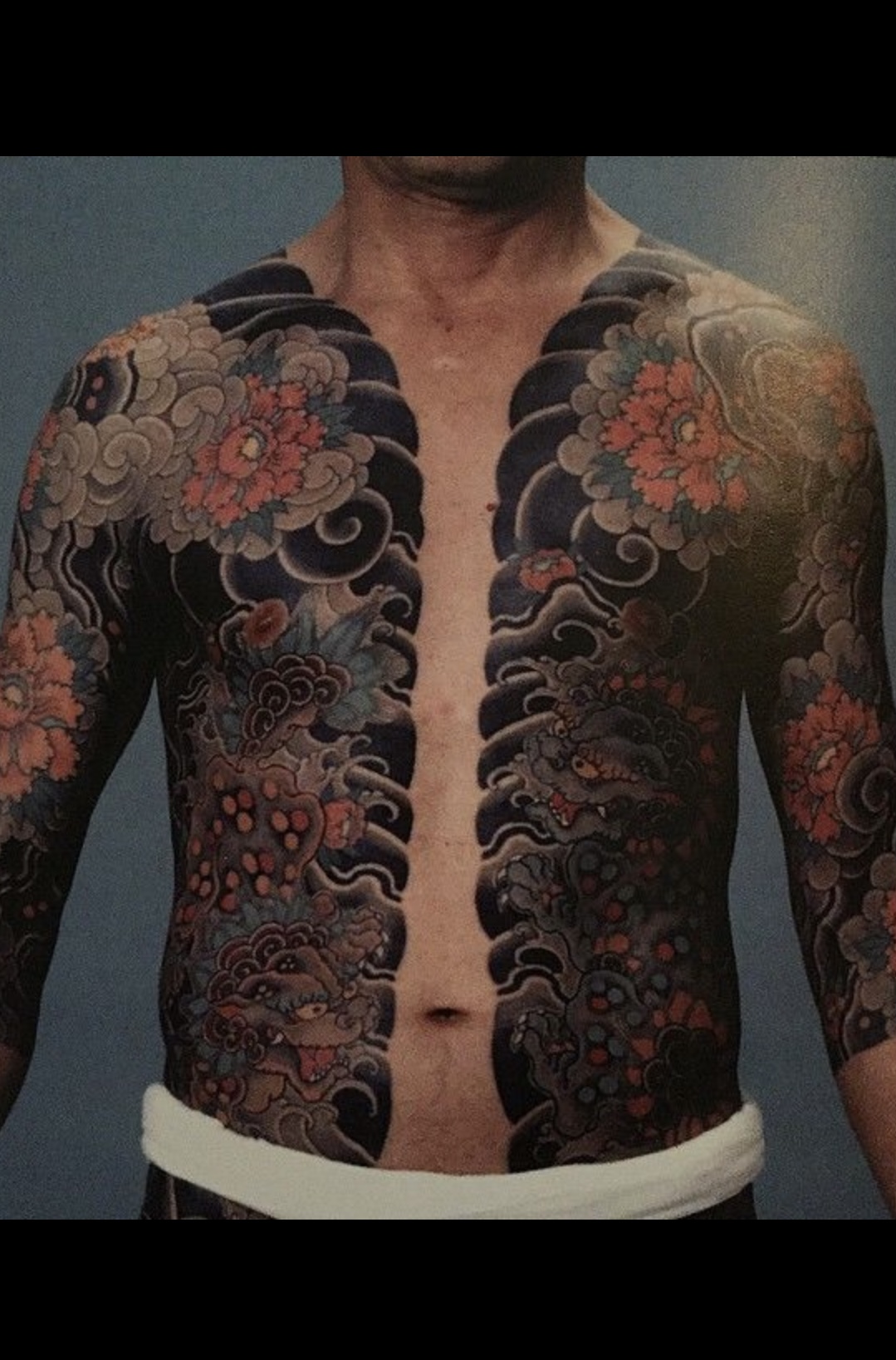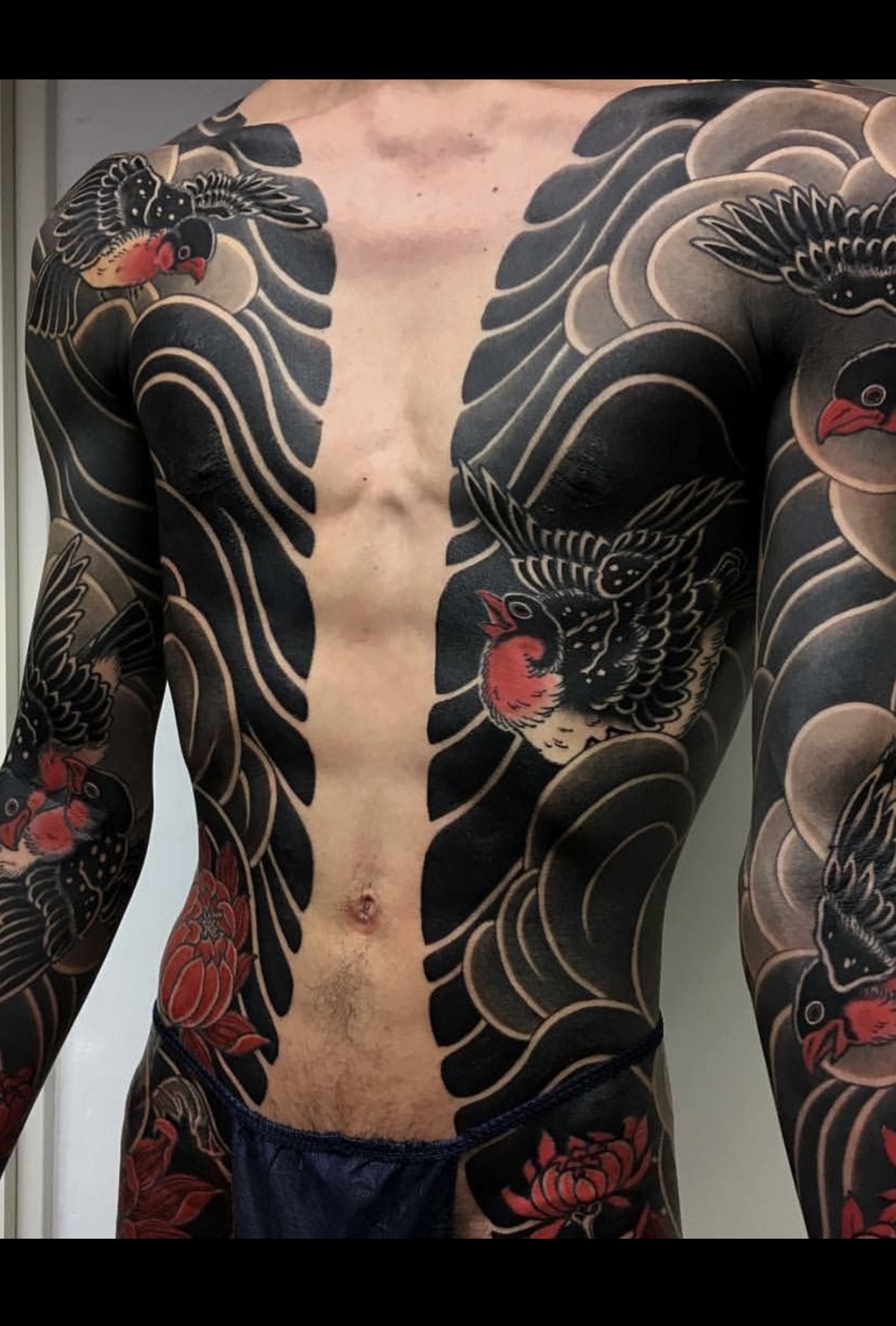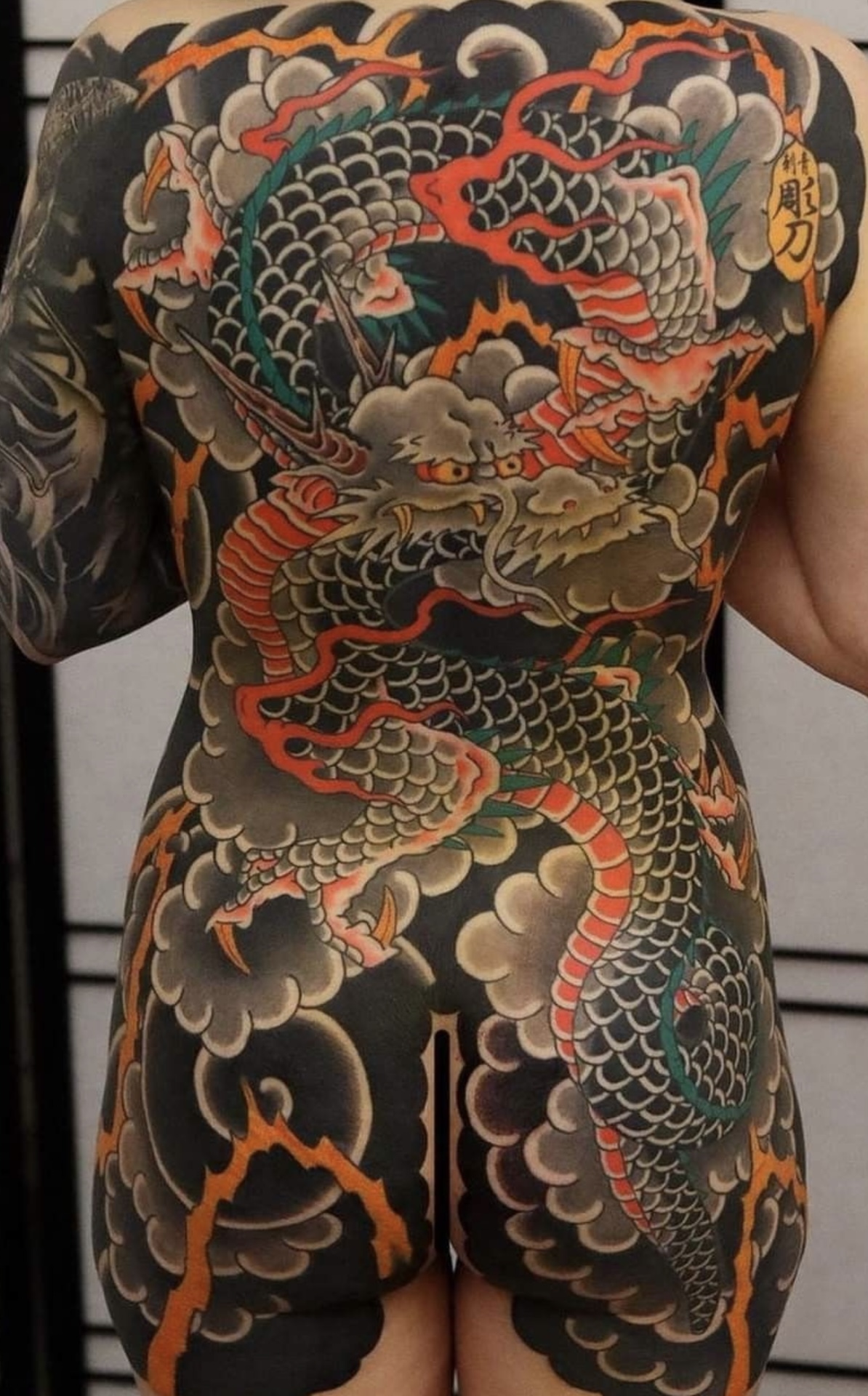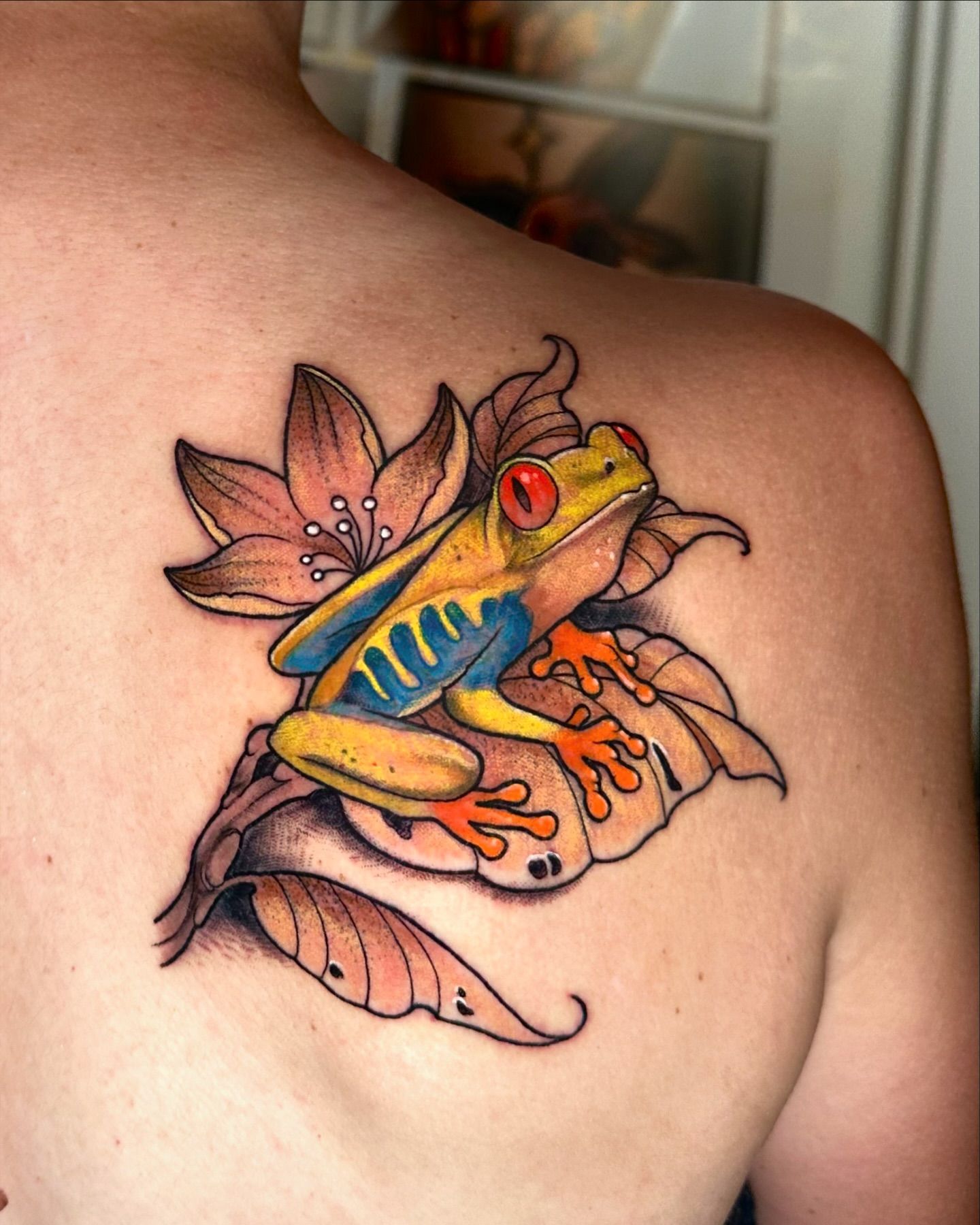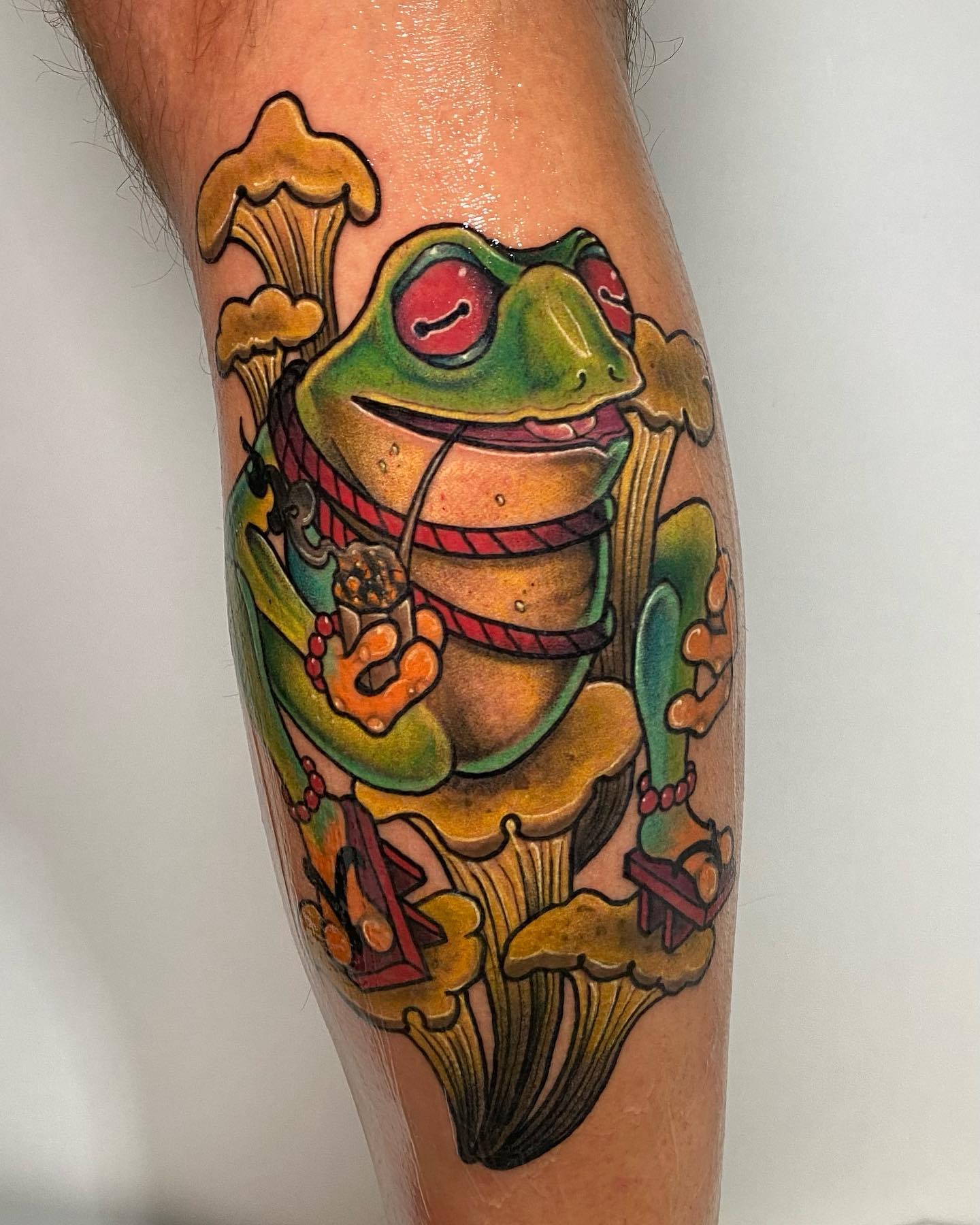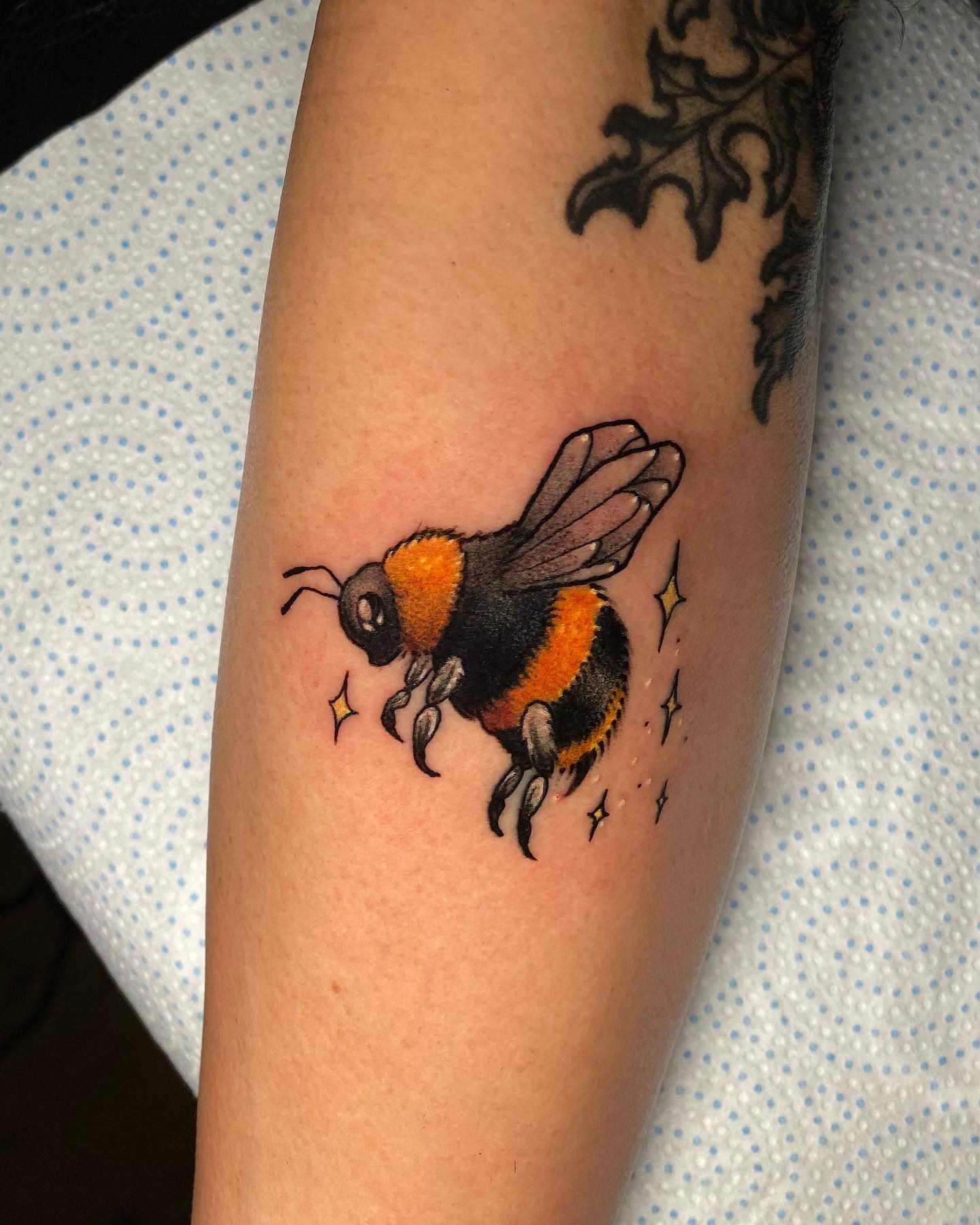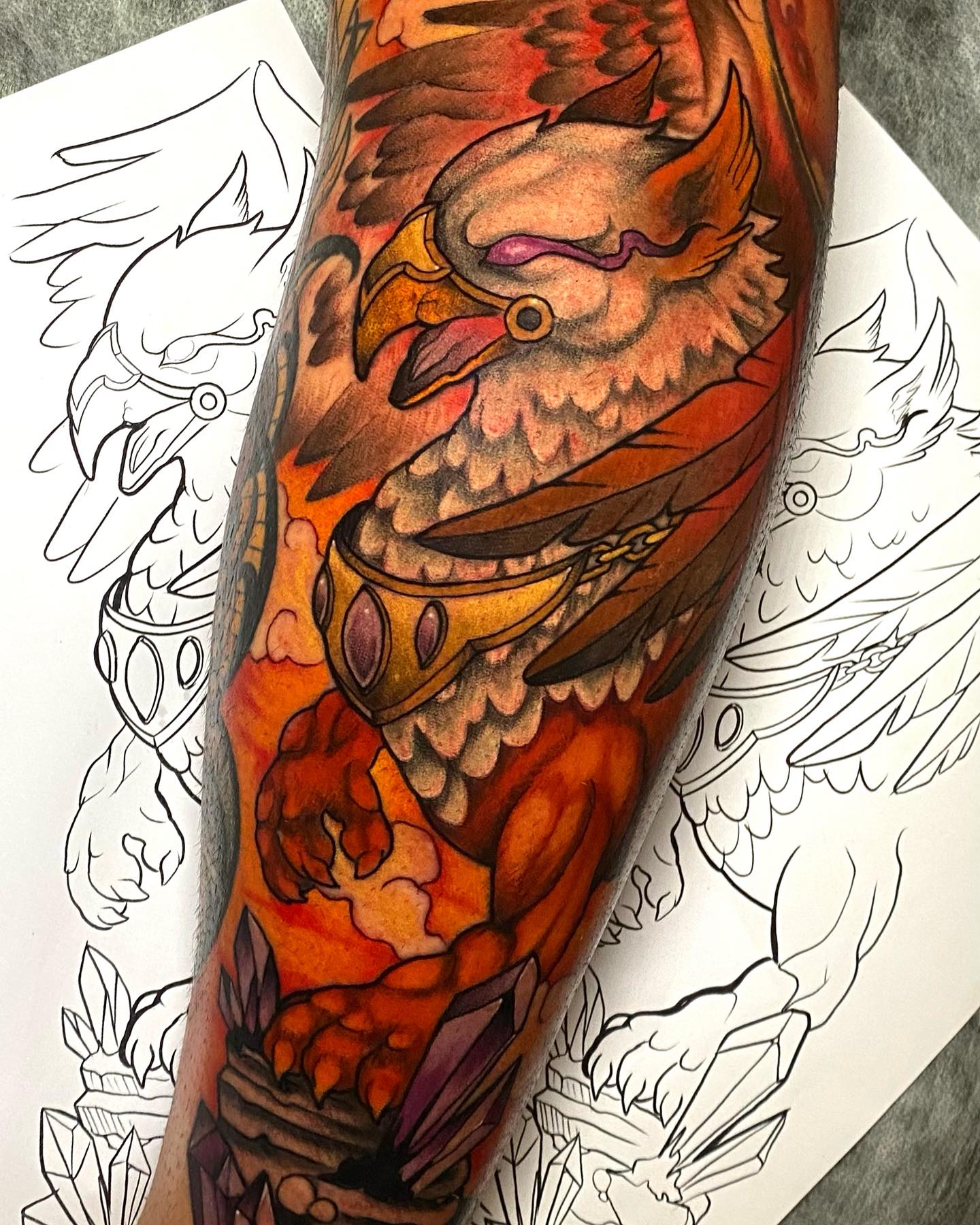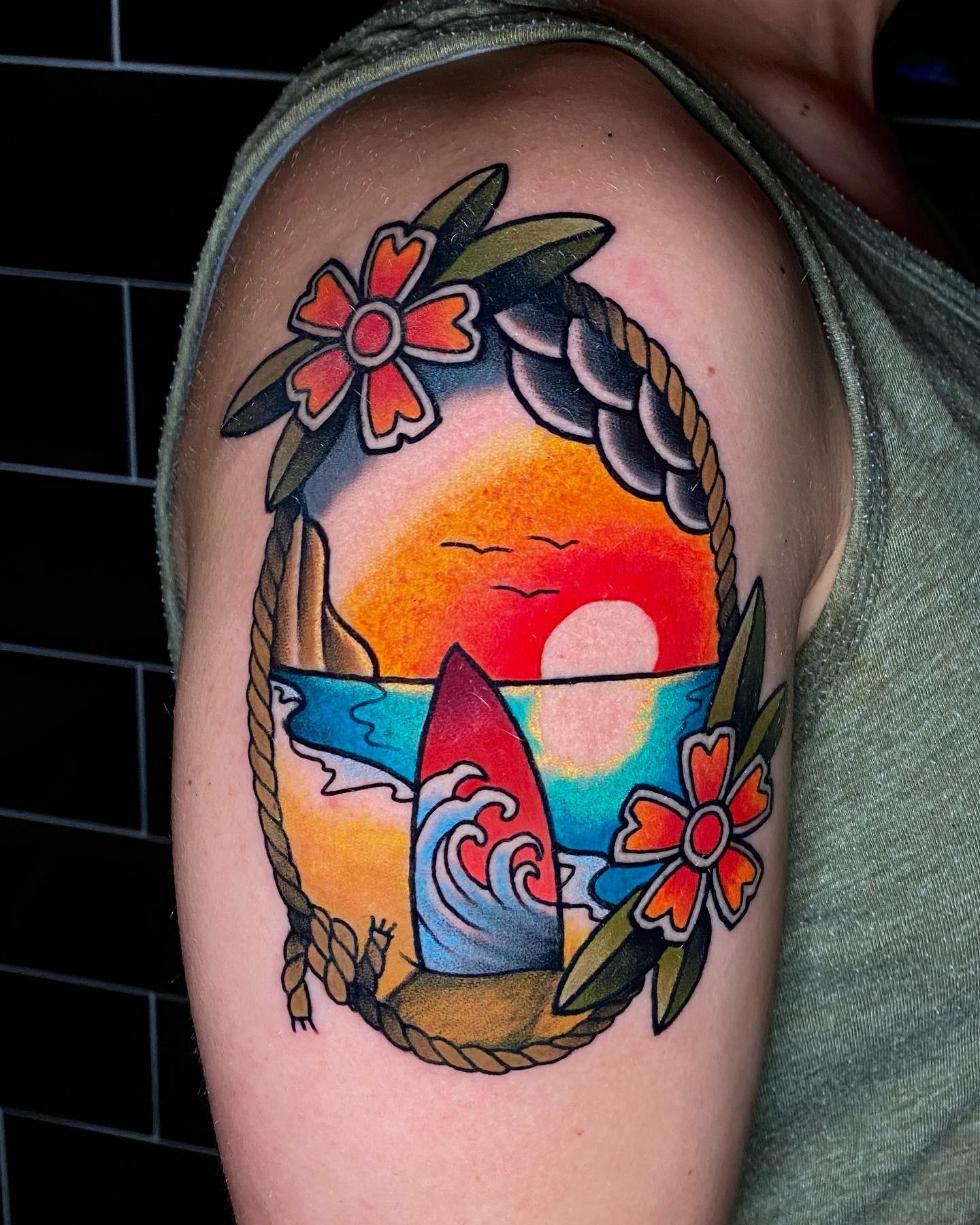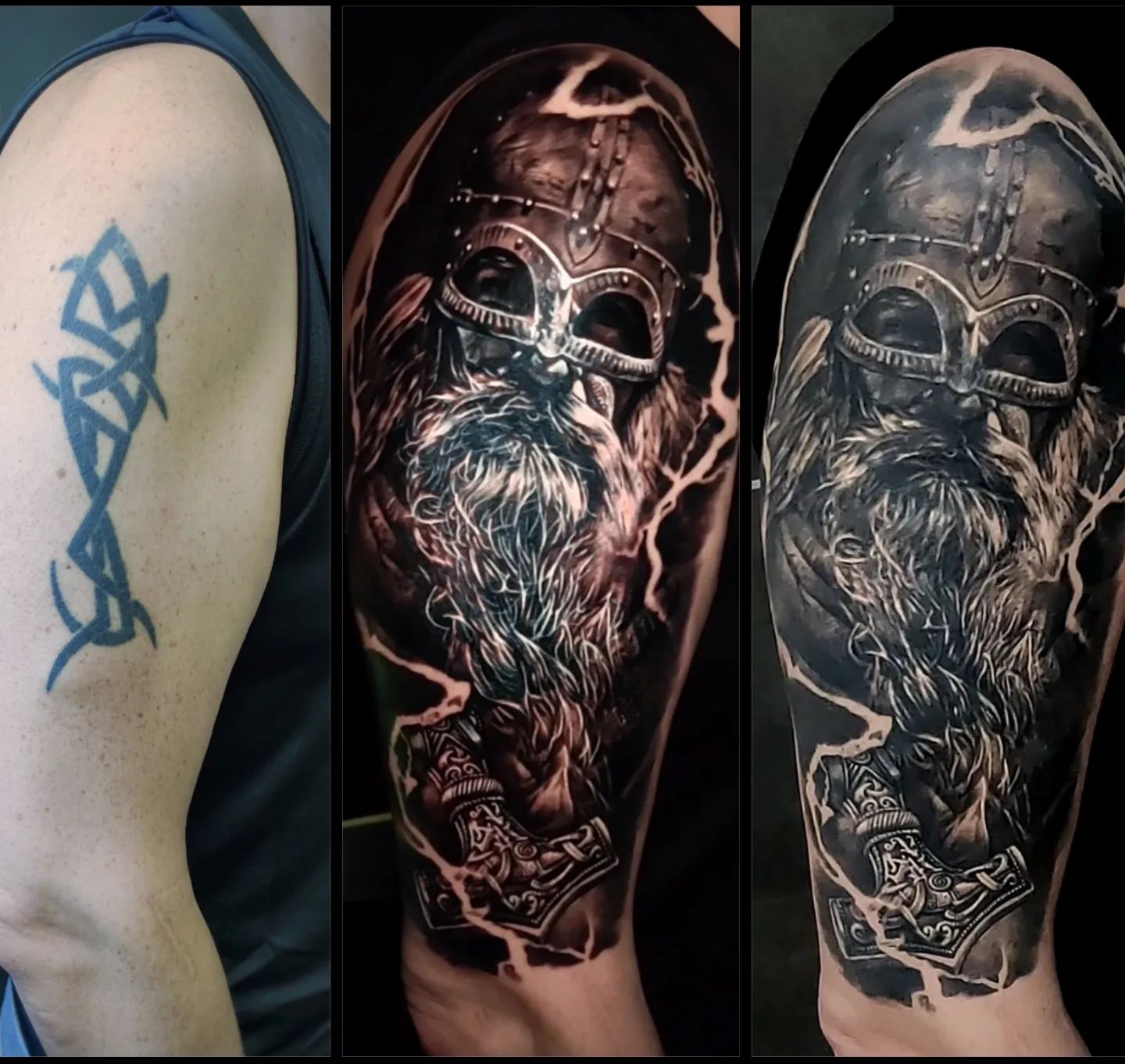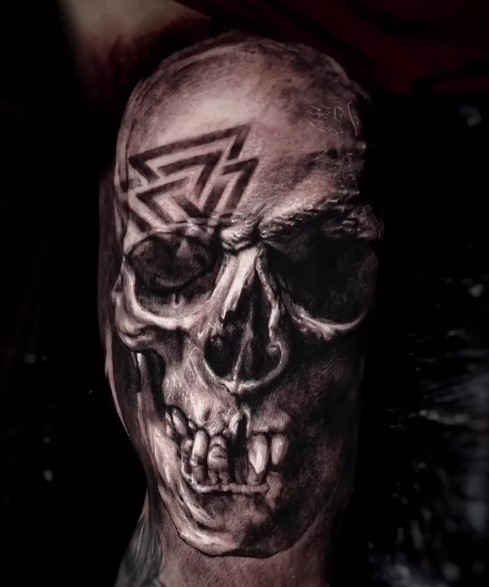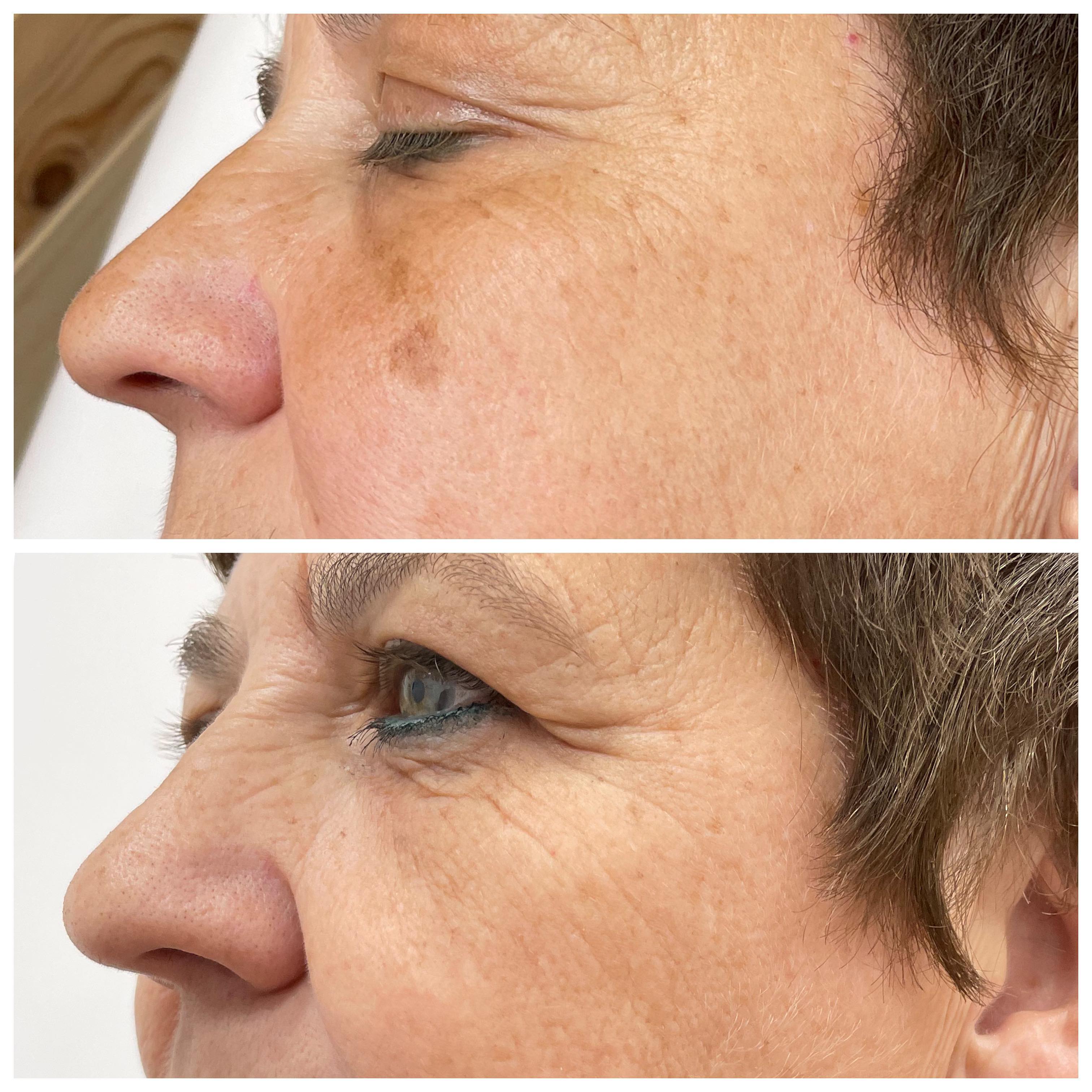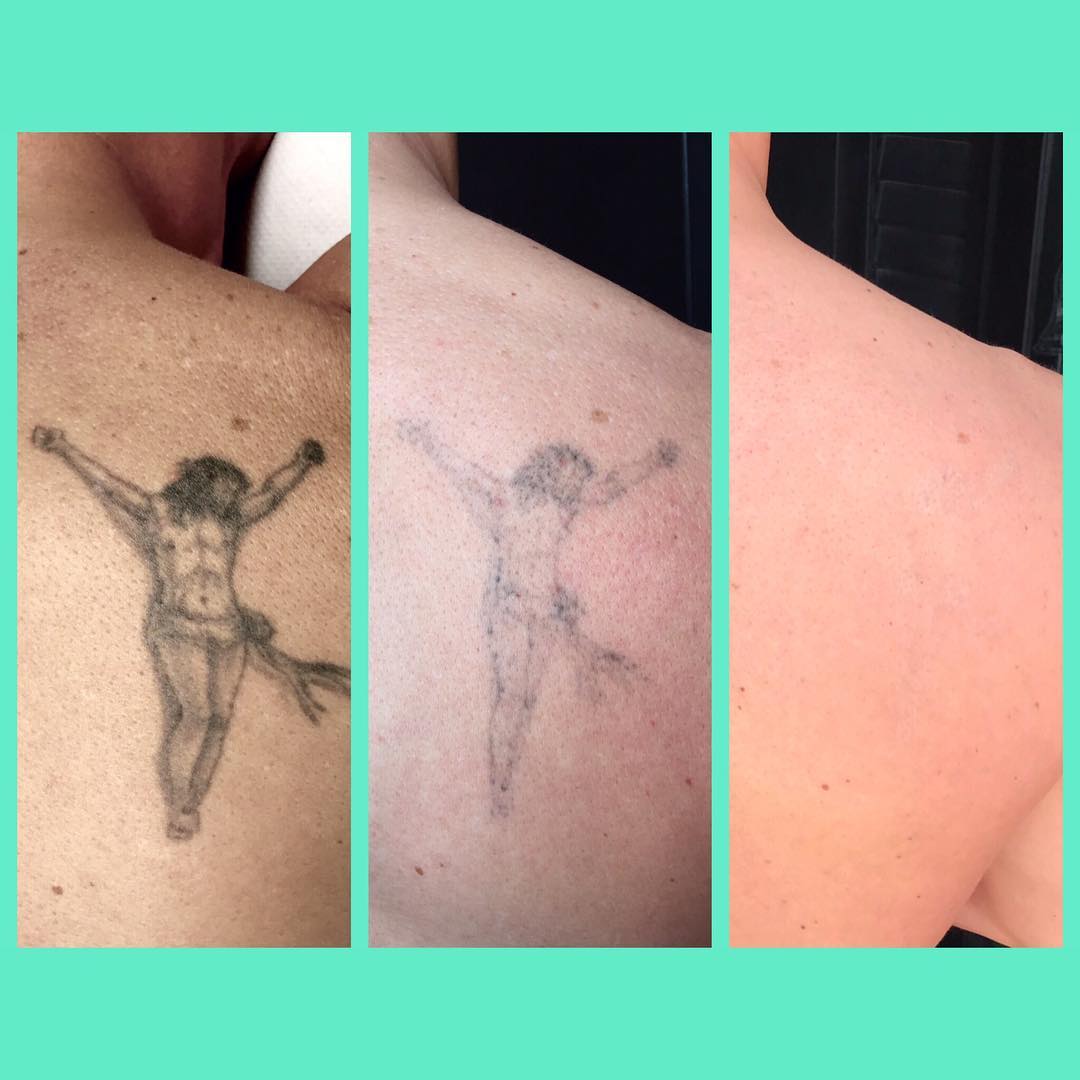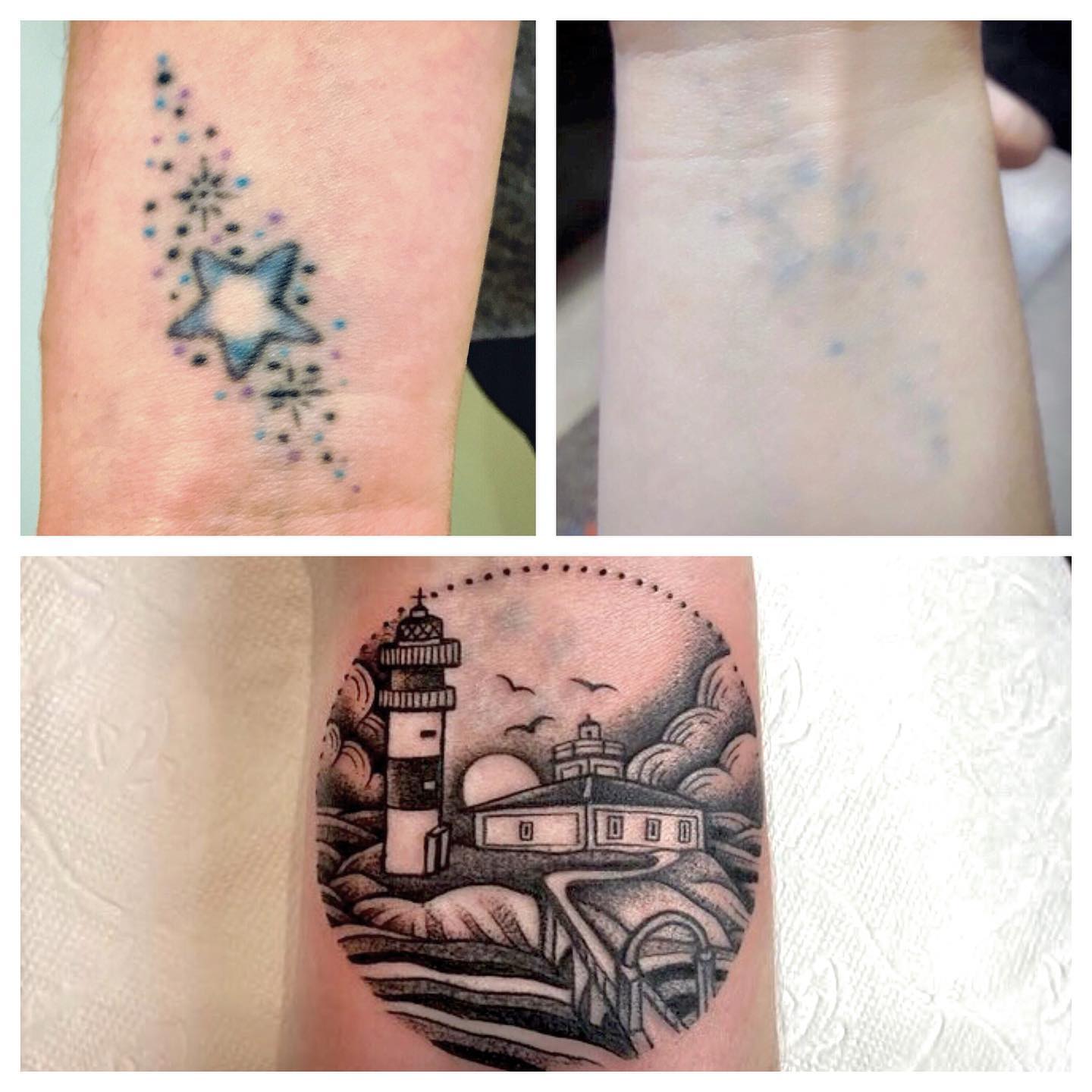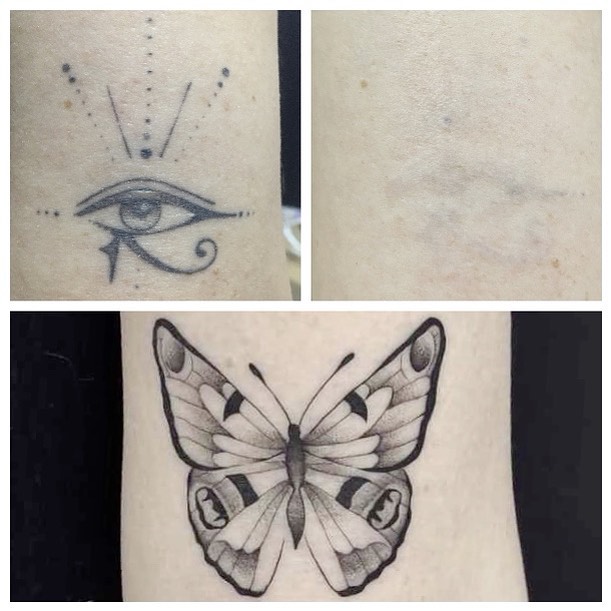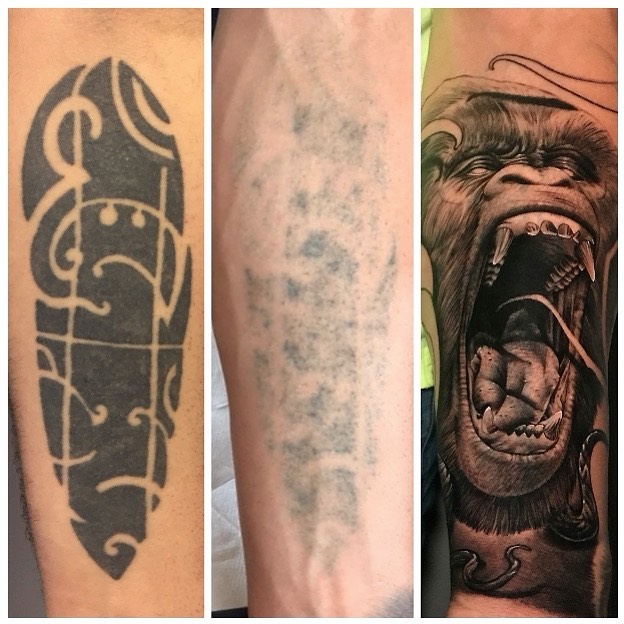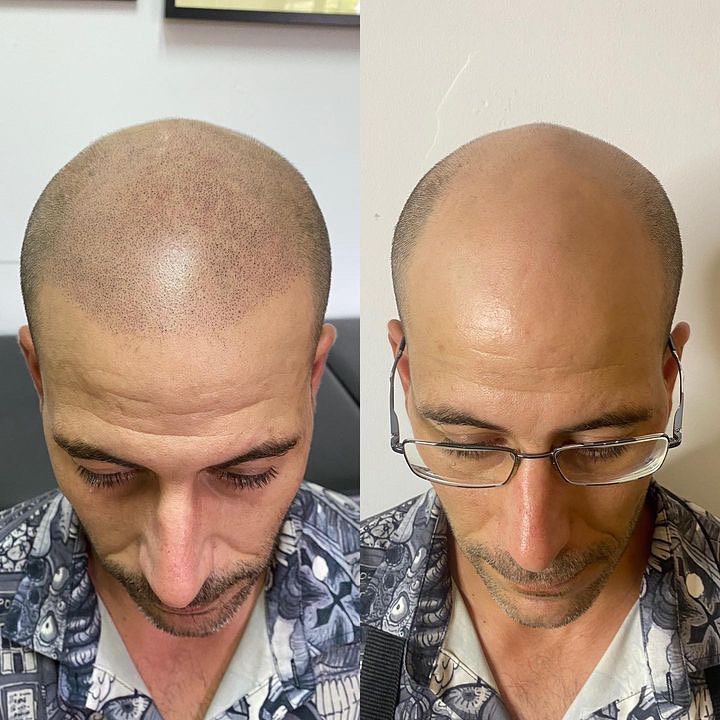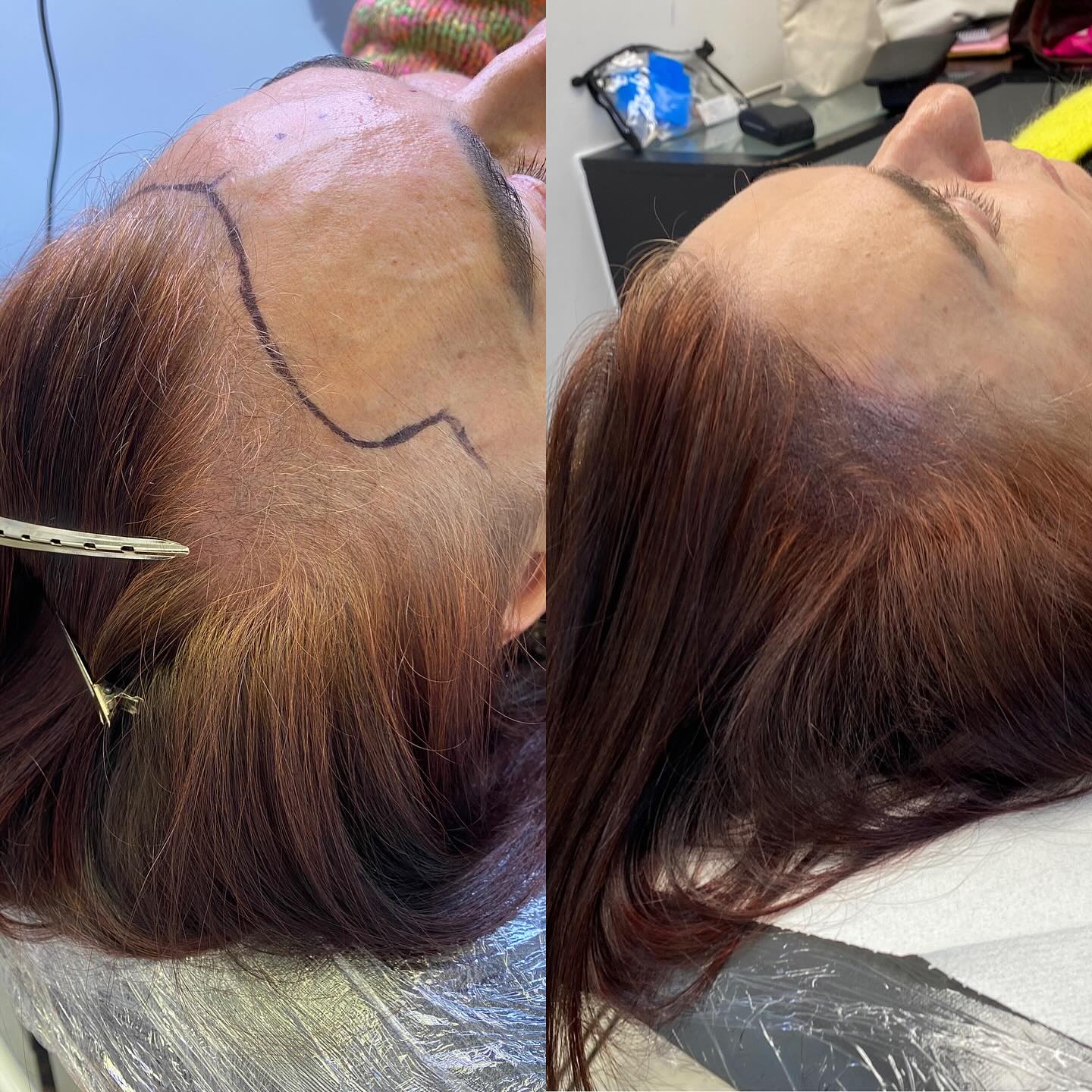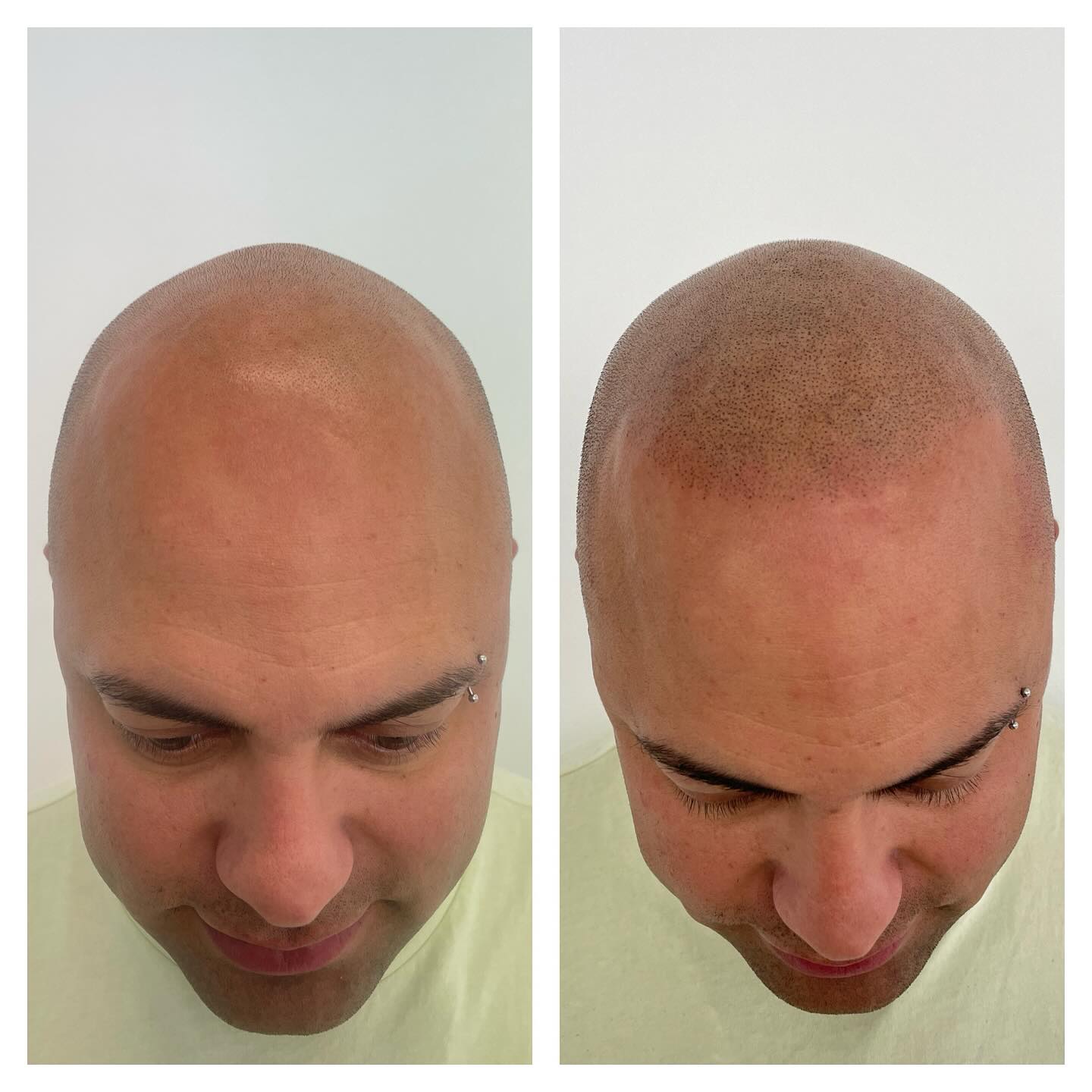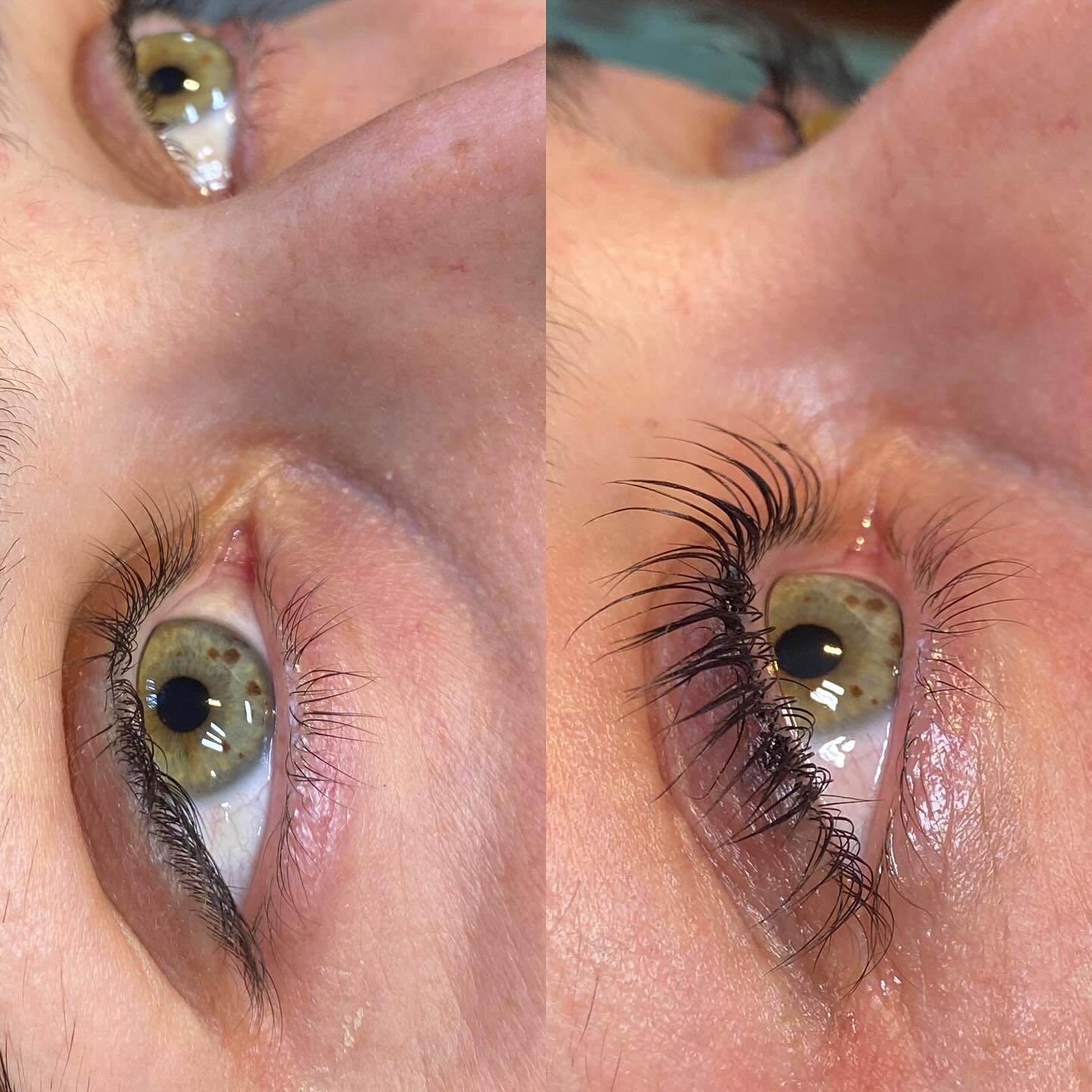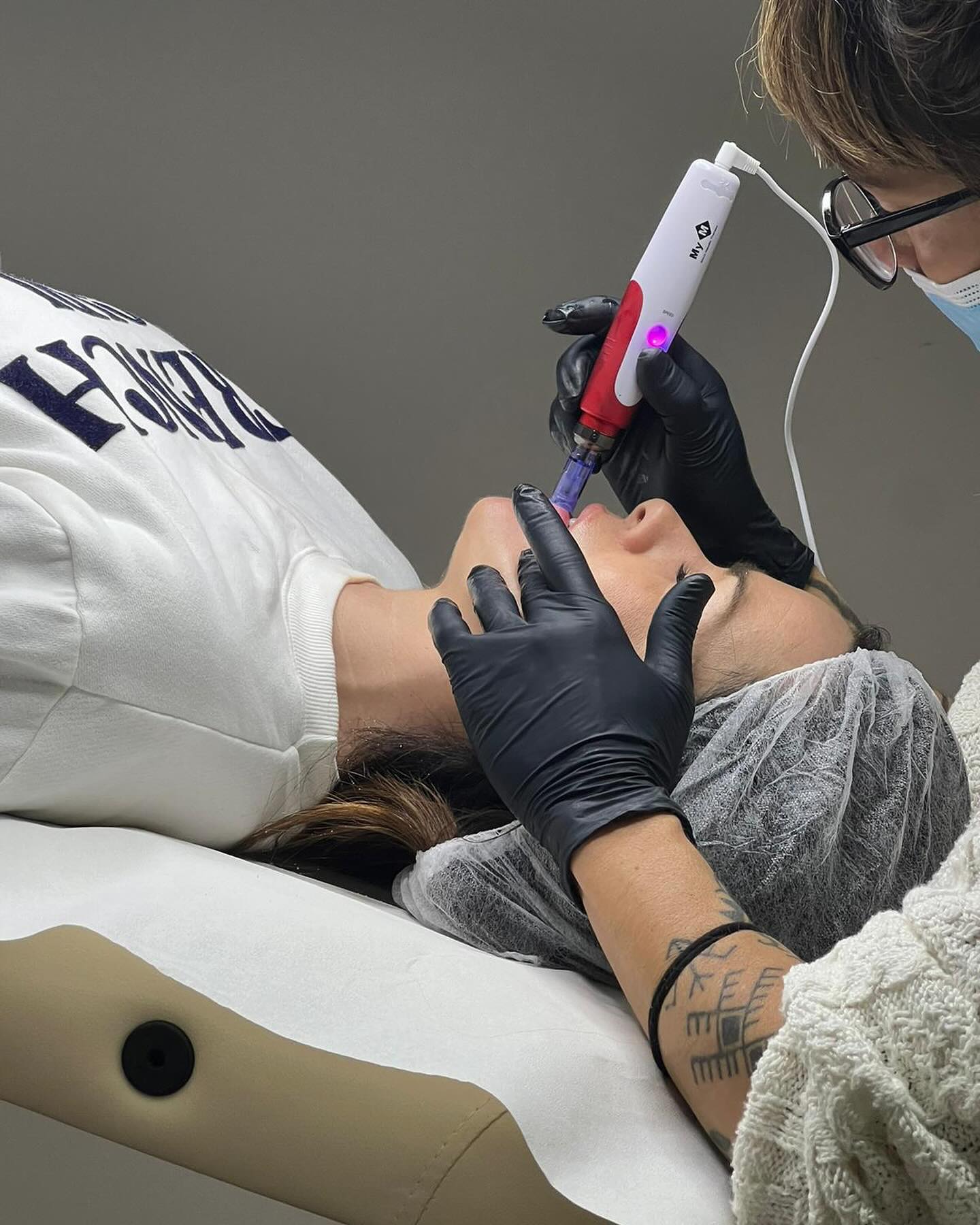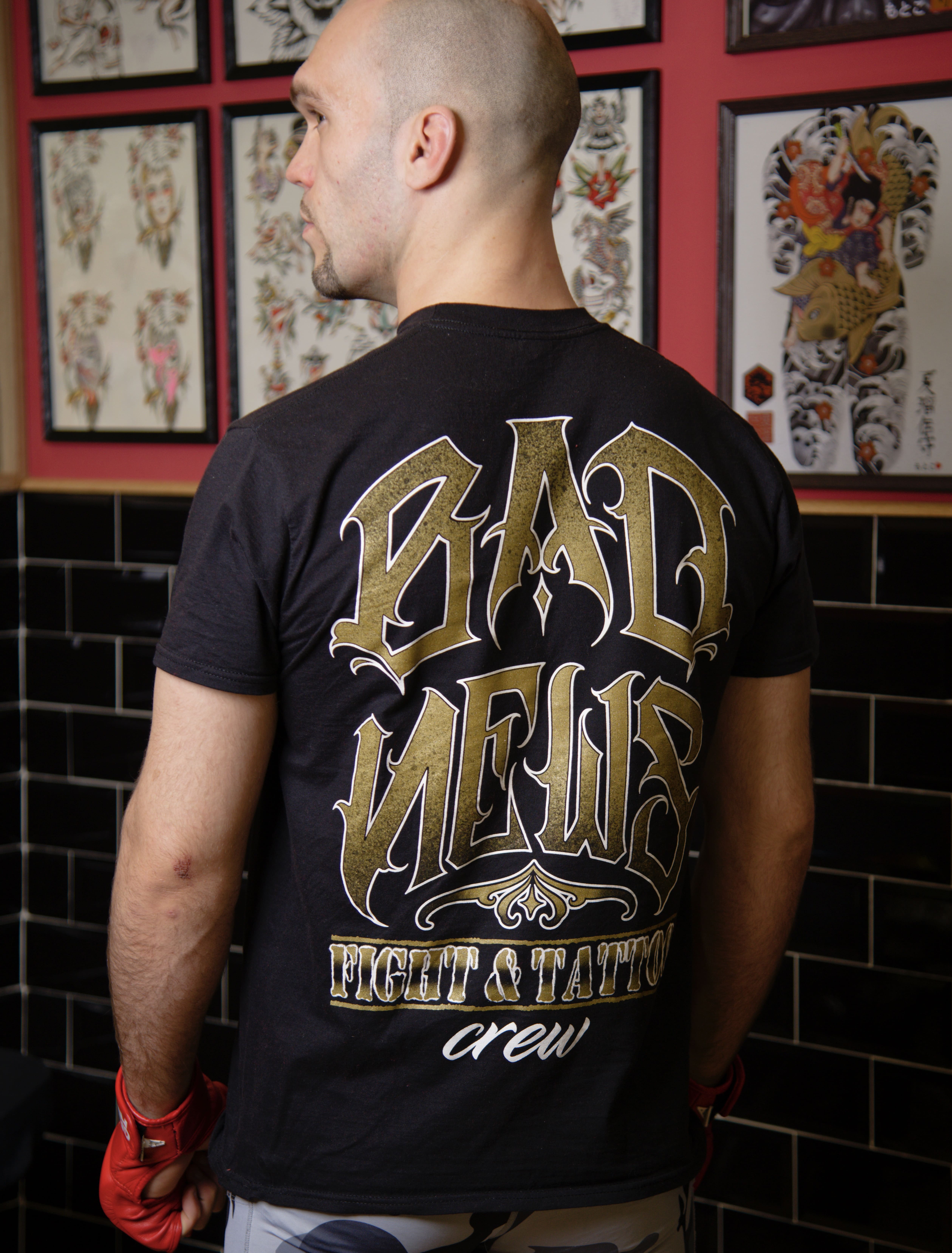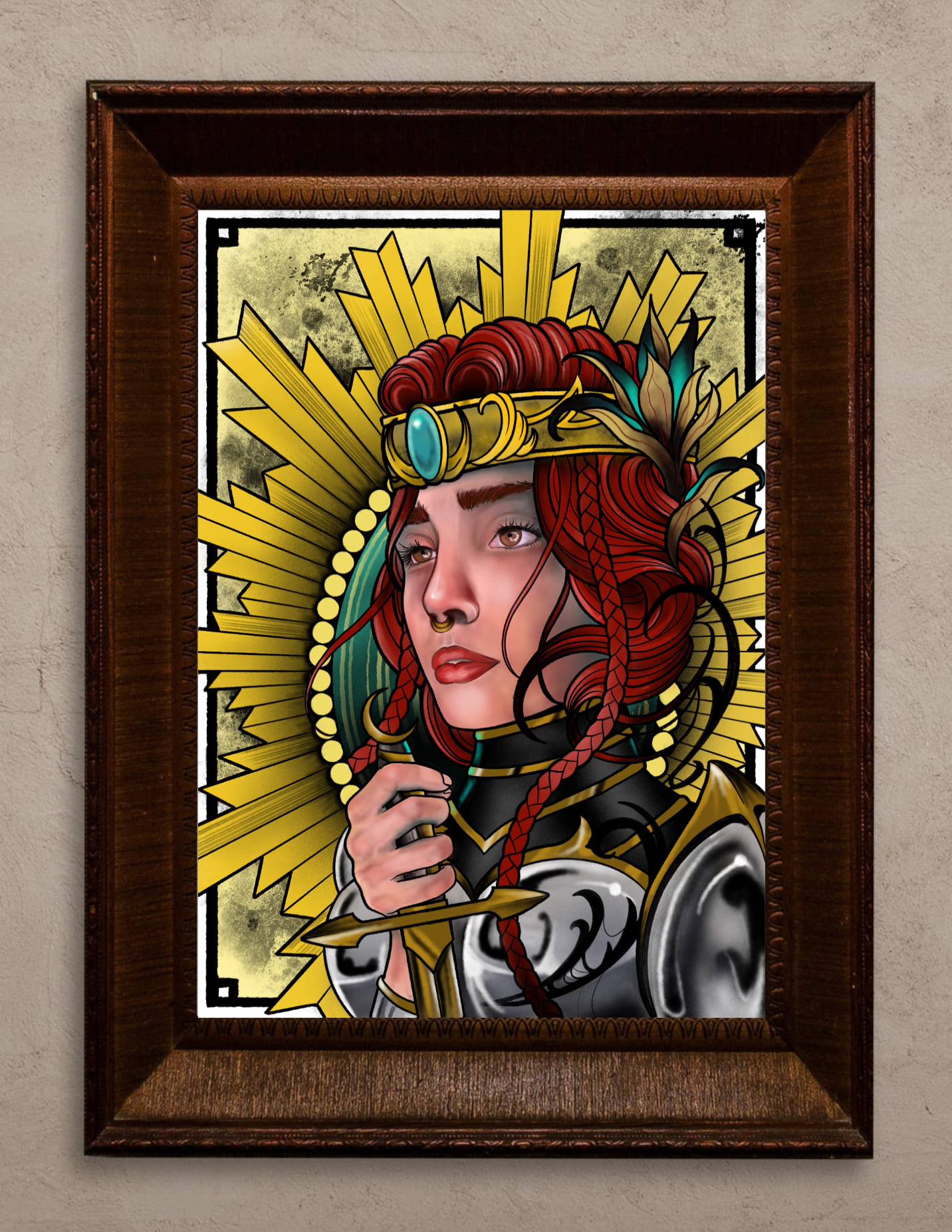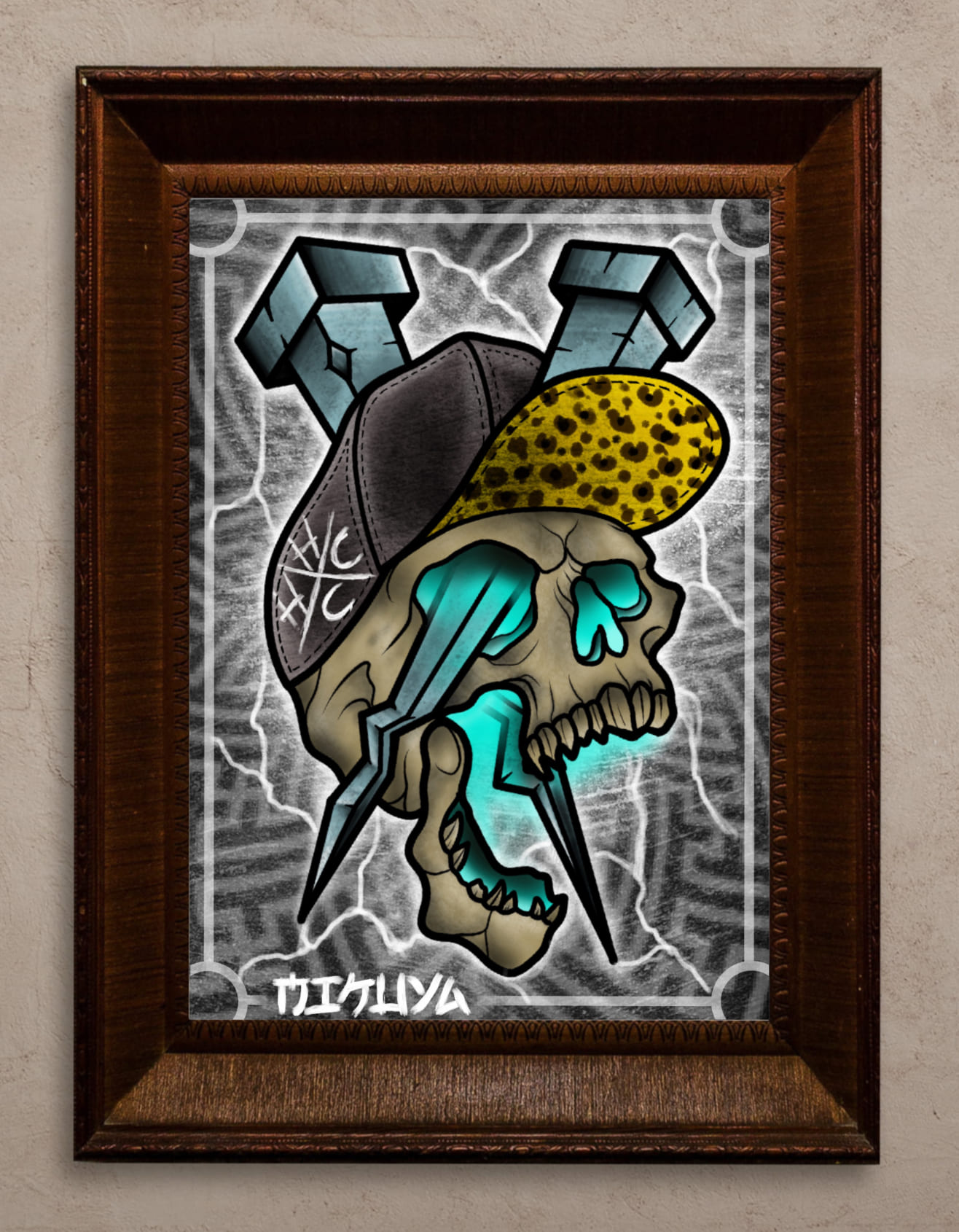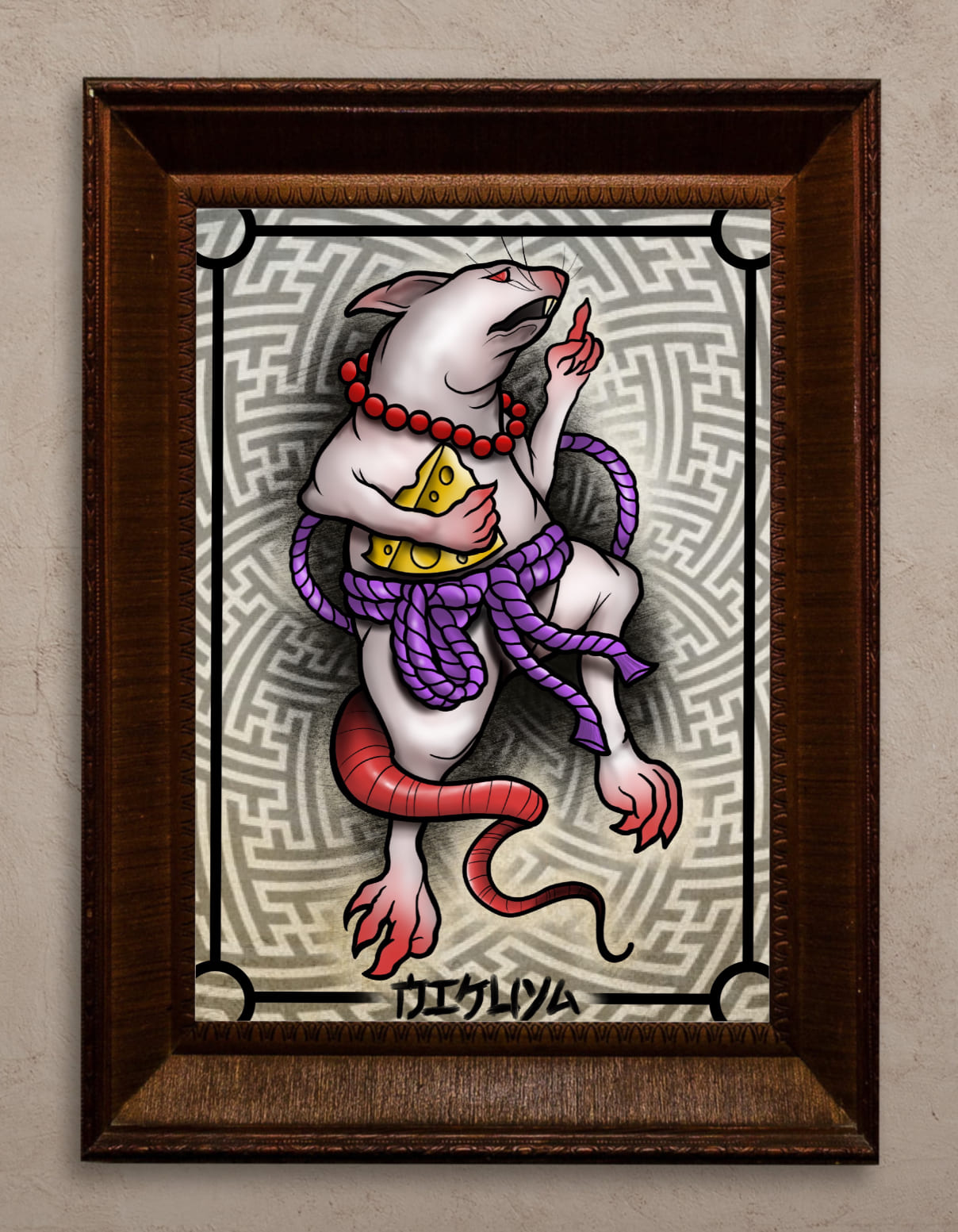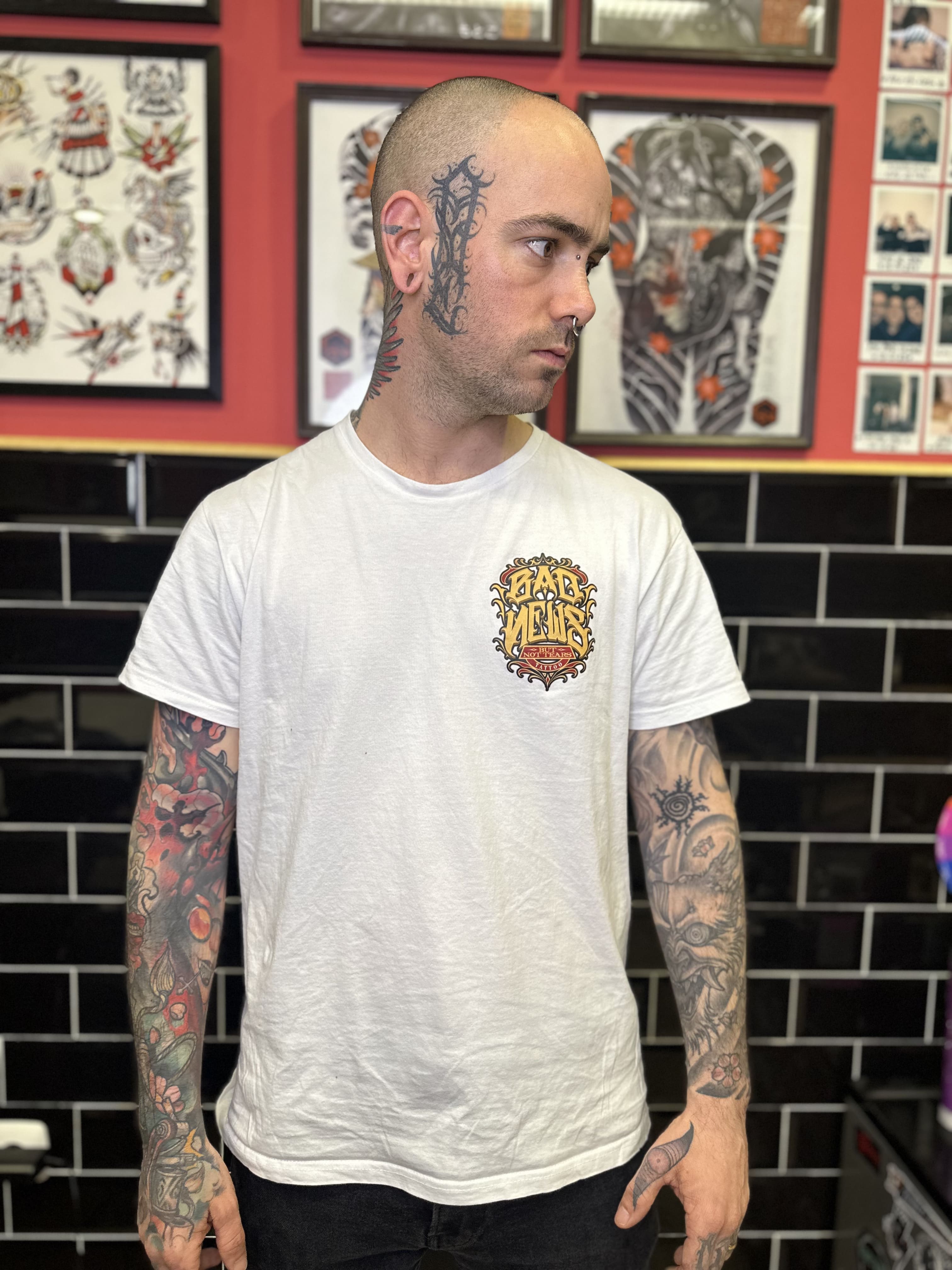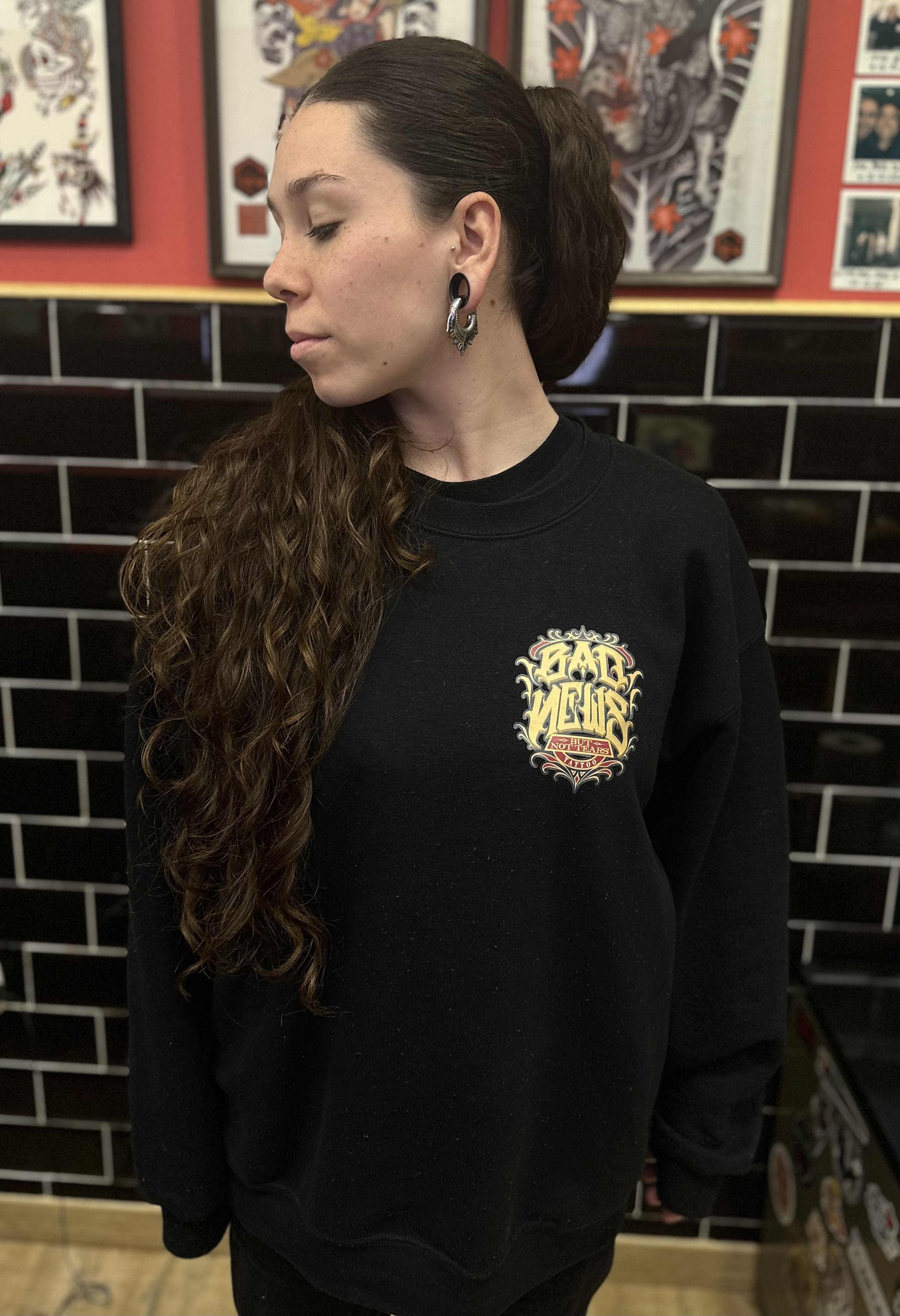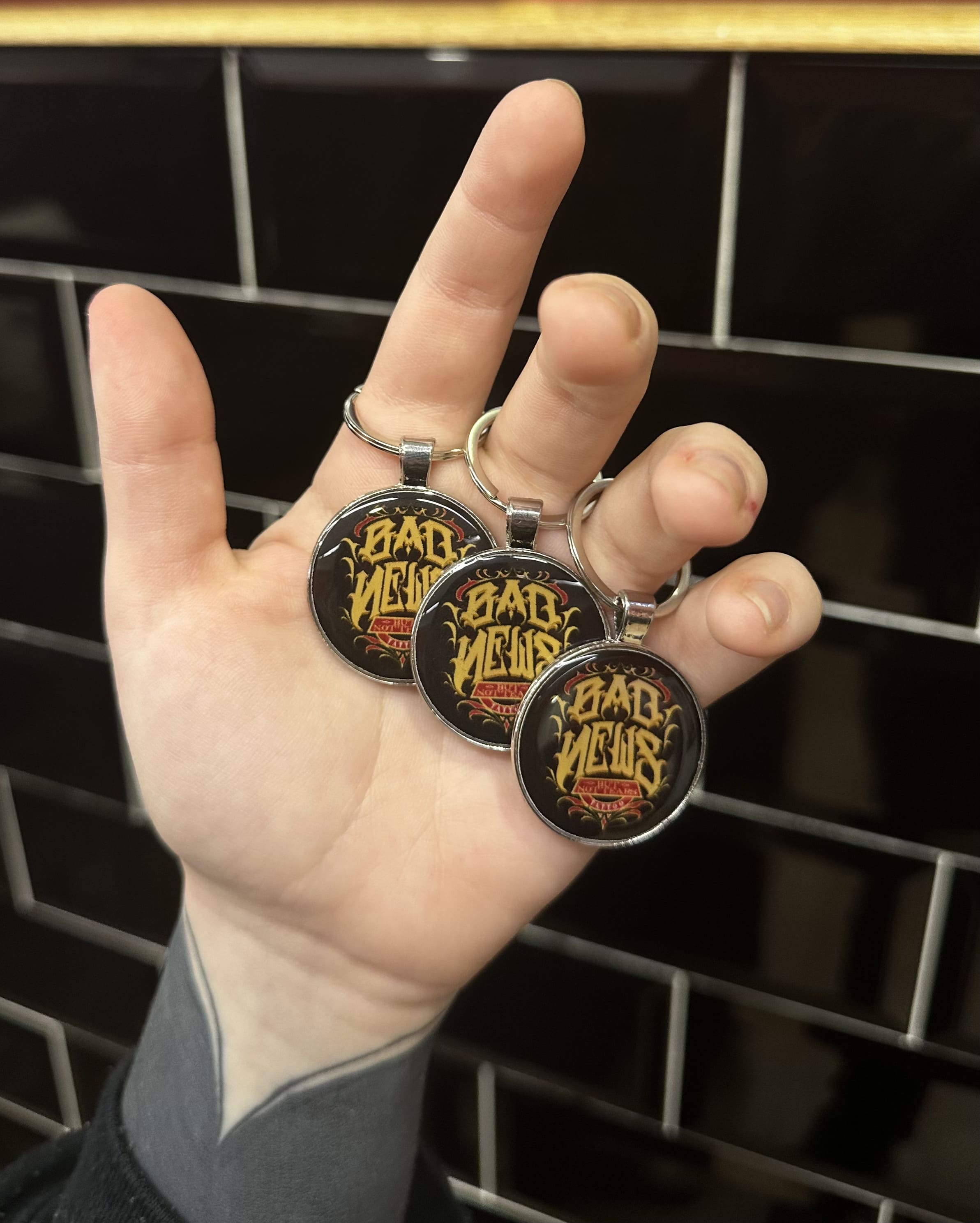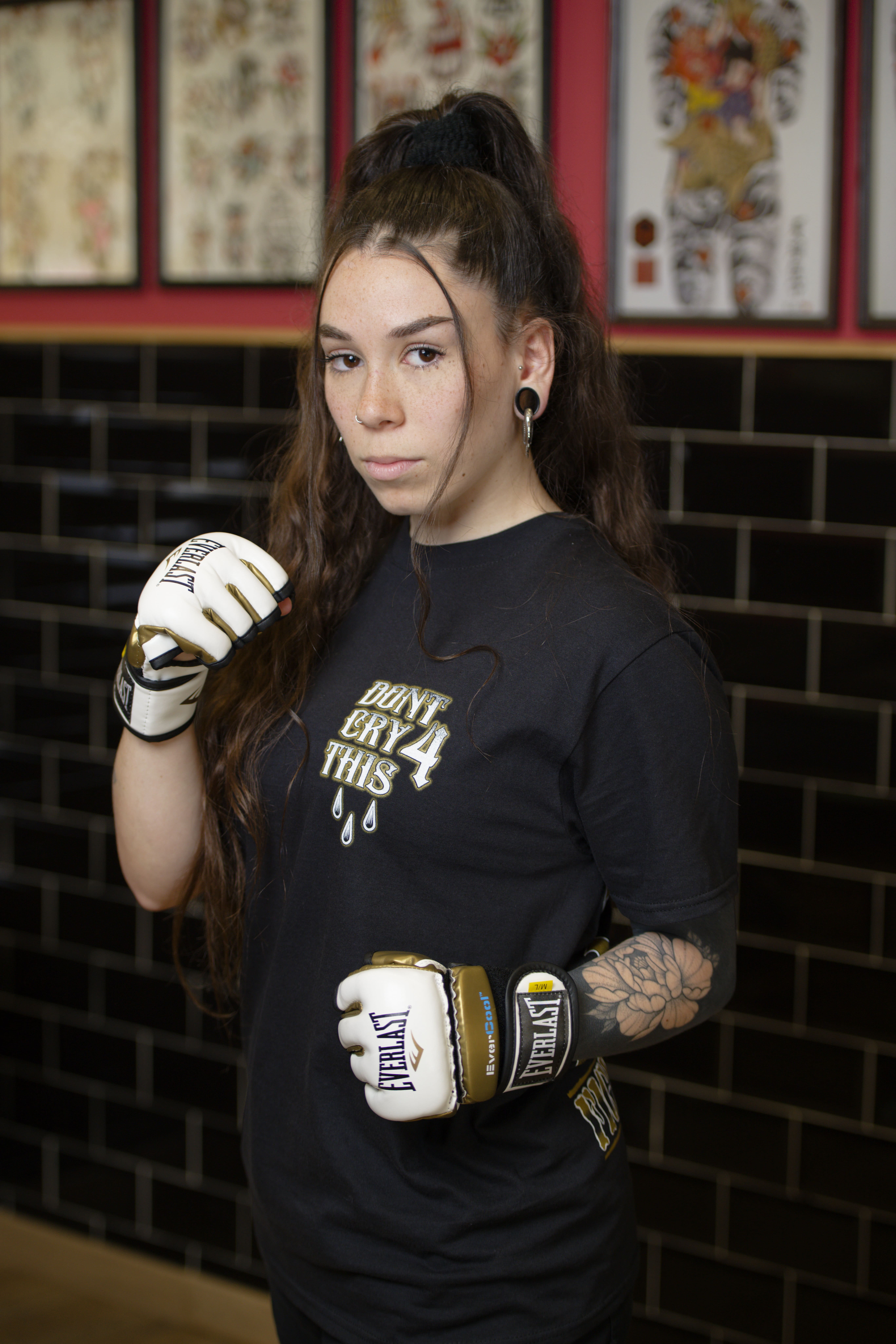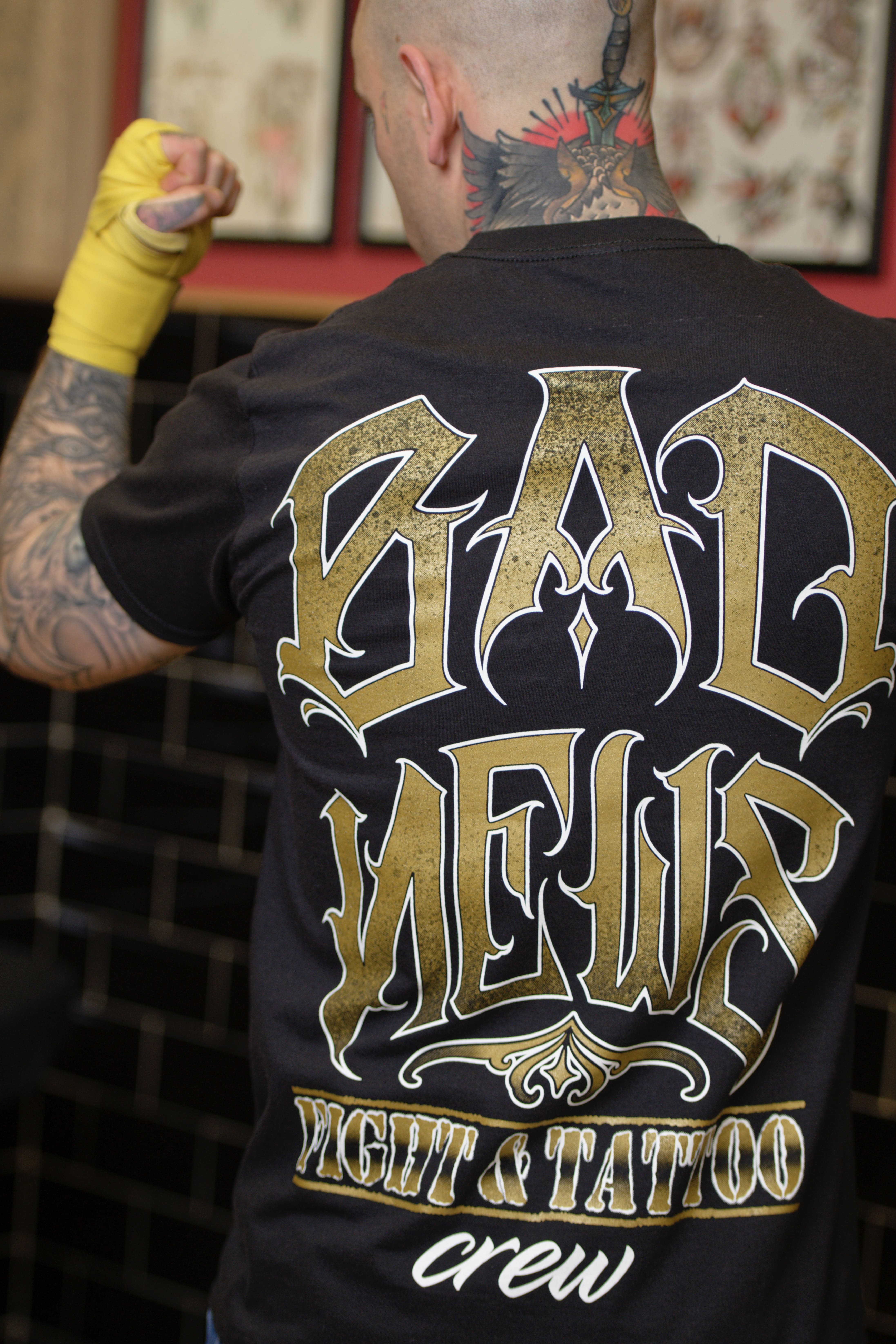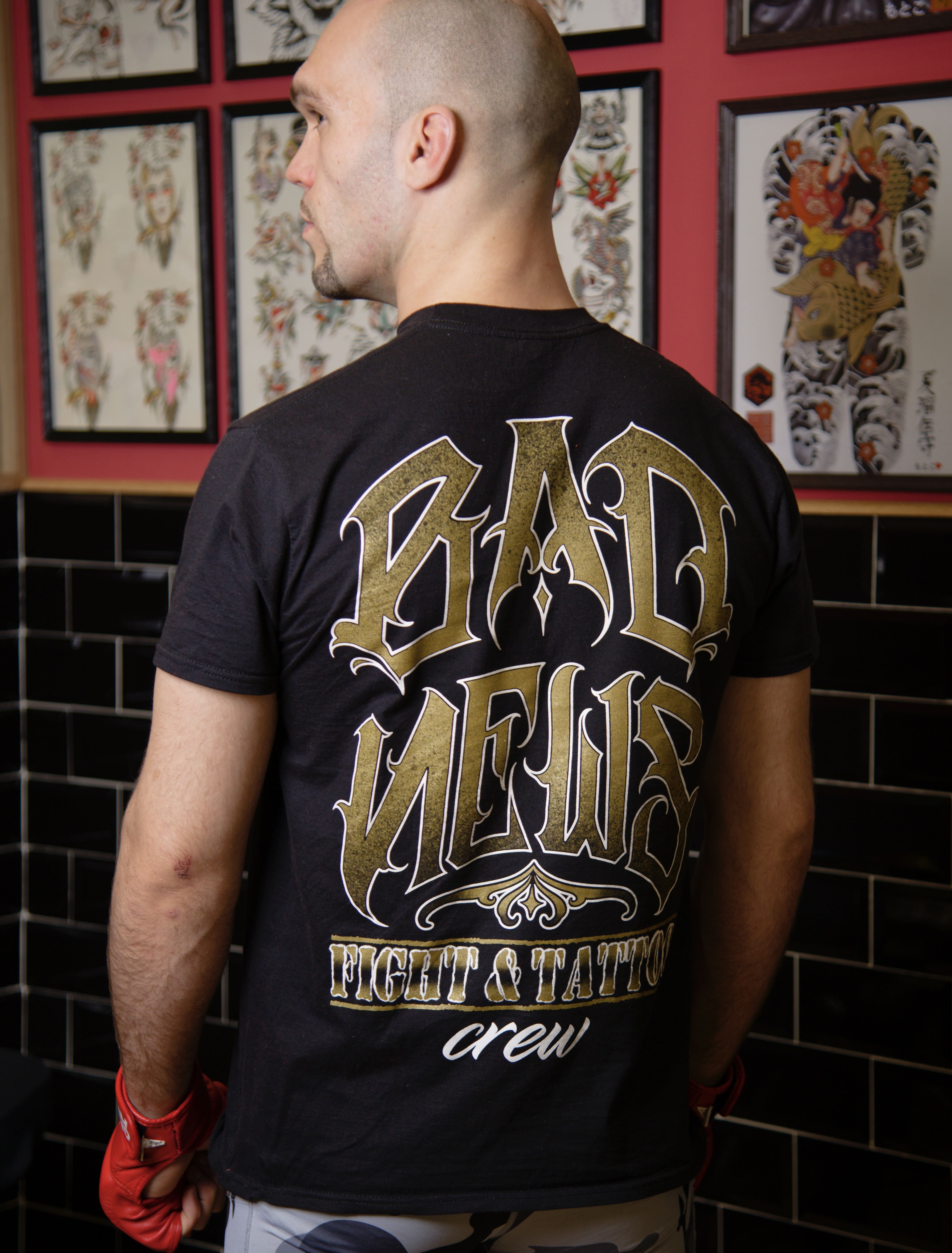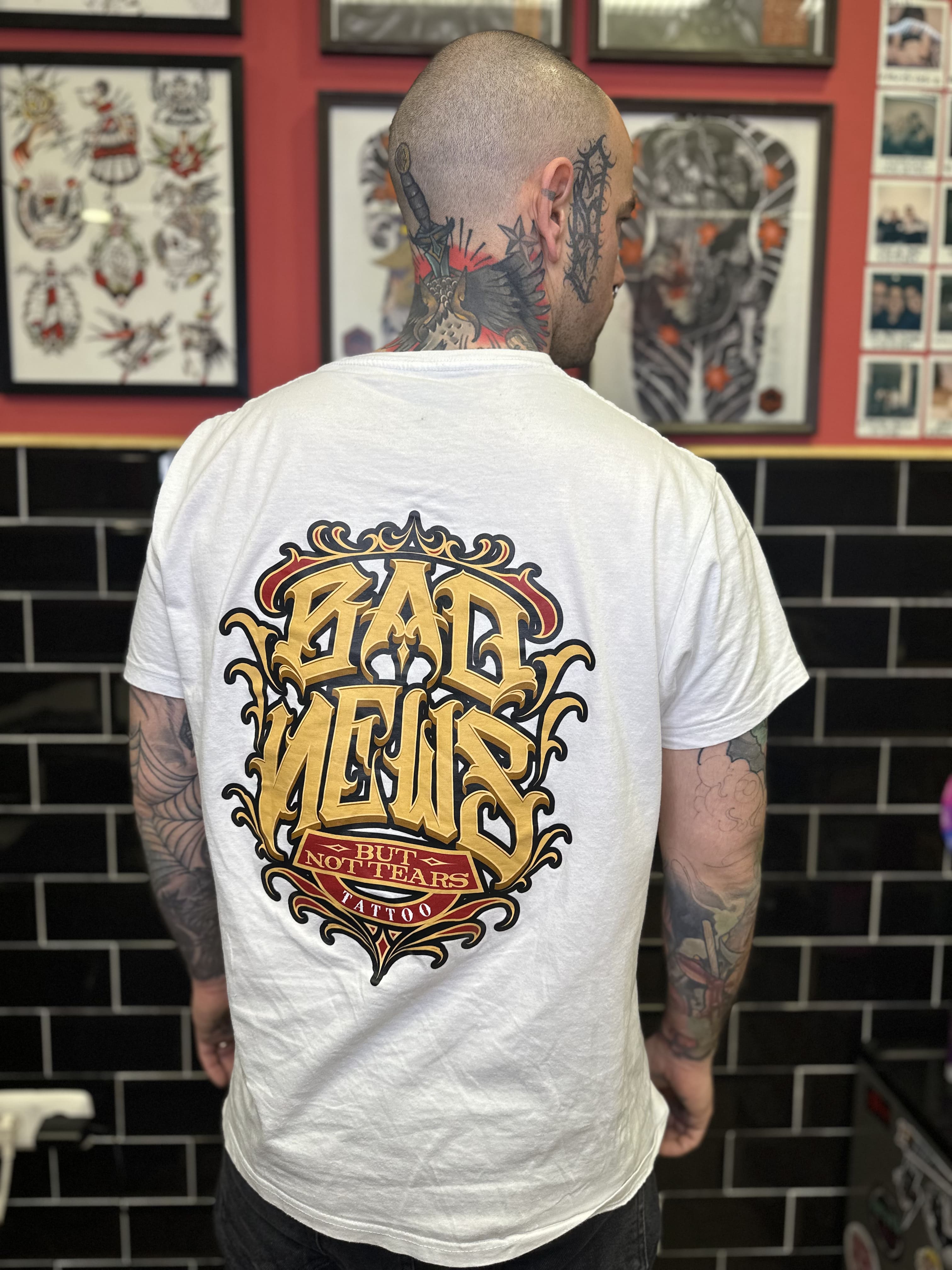BAD NEWS TATTOO, responsible for the website, hereinafter RESPONSIBLE, makes available This document is available to users, with which it intends to give compliance with the obligations set forth in Law 34/2002, of July 11, on Services of the Information Society and Electronic Commerce (LSSICE), as well how to inform all users of the website regarding what are the terms of use.
Any person who accesses this website assumes the role of user, agreeing to to the observance and rigorous compliance of the provisions set forth herein, as well as as to any other legal provision that may be applicable.
BAD NEWS TATTOO, reserves the right to modify any type of information that may appear on the website, without there being any obligation to pre-advise or inform users of said obligations, meaning as sufficient with the publication on the website of BAD NEWS TATTOO.,
1. IDENTIFYING DATA Company name: Iñigo Areta Atin,
Commercial name: BAD NEWS TATTOO shop
CIF: 73119711C
Address: Bikuña Enea Enparantza Plaza, 9, bajo 3, 20230 Legazpi, Gipuzkoa
E-mail: info@badnewstattoo.com
2. OBJECT Through the Website, we offer Users the possibility of accessing the information about our services.
3. PRIVACY AND DATA PROCESSING When for access to certain content or service it is necessary to provide personal data, Users will guarantee their veracity, accuracy, authenticity and validity. The company will give said data the automated treatment according to its nature or purpose, in the terms indicated in the Privacy Policy section.
4. INDUSTRIAL AND INTELLECTUAL PROPERTY The User acknowledges and accepts that all the content displayed on the Web Space and, in particular, the designs, texts, images, logos, icons, buttons, software, trade names, trademarks, or any other signs susceptible to industrial and/or commercial use are subject to industrial and intellectual property rights that are the exclusive property of the company and/or third parties, who have the exclusive right to use them in economic traffic.
In no case does access to the Web Space imply any type of resignation, transmission, license or total or partial transfer of said rights, unless expressly established otherwise. These General Conditions of Use of the Web Space do not grant Users any other right of use, alteration, exploitation, reproduction, distribution or communication public use of the Web Space and/or its Contents other than those expressly provided for herein. Any other use or exploitation of any rights will be subject to the prior and express authorization specifically granted for this purpose by the company or the third party owner of the affected rights. The contents, texts, photographs, designs, logos, images, computer programs, source codes and, in general, any existing intellectual creation in this Space, as well as the Space itself as a whole, as a multimedia artistic work, are protected as industrial and intellectual property rights of BAD NEWS TATTOO. The company is the owner of the elements that make up the graphic design of the Web Space, the menus, navigation buttons, HTML code, text, images, textures, graphics and any other content of the Web Space or, in any case, has the corresponding authorization for the use of said elements. The content arranged in the Web Space may not be reproduced neither totally nor partially, nor transmitted, nor recorded by any information retrieval system, in any form or by any means, except with the prior authorization, in writing, of said Entity. It is also prohibited to delete, evade and/or manipulate the "copyright" as well as the technical protection devices, or any information mechanisms that may contain the contents. The User of this Web Space undertakes to respect the stated rights and to avoid any action that could harm them, reserving in any case the company the exercise of any means or legal actions correspond to it in defense of its legitimate intellectual and industrial property rights.
BAD NEWS TATTOO will not be responsible for the infringement of intellectual or industrial property rights from third parties that may derive from the inclusion on the Website of trademarks, trade names, industrial designs, patents, designs, texts, photographs, graphics, logos, icons or software belonging to third parties that have declared to be the owners of the same by including them on the Website
5. OBLIGATIONS AND RESPONSIBILITIES OF THE USER OF THE WEB SPACE The User agrees to:
- Make diligent, adequate and lawful use of the Web Space as well as the contents and services, in accordance with: (i) the applicable legislation at all times; (ii) the General Conditions of Use of the Web Space; (iii) morality and good customs generally accepted and (iv) public order.
- Provide yourself with all the means and technical requirements that are needed to access to the web space.
- Provide truthful information by filling in your personal data forms contained in the Web Space and to keep them updated at all times. moment so that it responds to the real situation of the User. The User will be the only responsible for false or inaccurate statements made and for damages that causes the company or third parties for the information you provide. It also undertakes to refrain from:
- Make unauthorized or fraudulent use of the Web Space and/or the contents for illicit purposes or effects, prohibited in these General Conditions of Use, harmful to the rights and interests of third parties, or that in any way may damage, disable, overload, deteriorate or prevent normal use of the services or documents, files and all kinds of content stored on any computer equipment.
- Access or try to access resources or restricted areas of the Web Space, without meet the conditions required for such access.
- Cause damage to the physical or logical systems of the Web Space, its providers or from third parties.
- Introduce or spread computer viruses or any other systems on the network physical or logical that are likely to cause damage to physical systems or logic of the company, suppliers or third parties.
- Try to access, use and/or manipulate the data of the company, third parties providers and other Users.
- Reproduce or copy, distribute, allow public access through any form of public communication, transform or modify the contents, unless you have the authorization of the owner of the corresponding rights or it is legally permitted.
- Delete, hide or manipulate the notes on intellectual property rights or industrial and other data identifying the rights of the company or third parties incorporated into the contents, as well as the technical protection devices or any information mechanisms that may be inserted into the contents. Obtain and try to obtain the contents using means or procedures other than those that, depending on the case, have been placed at your disposal. available for this purpose or have been expressly indicated on the web pages where the contents are found or, in general, of those that are habitually used in Internet as it does not entail a risk of damage or disablement of the web space and/or the content.
- Use the contents of the Web Page to send advertising, communications for purposes direct sales or any other kind of commercial purpose, unsolicited messages aimed at a plurality of people regardless of their purpose, as well as to refrain commercialize or otherwise disclose such information.
- Obtain and try to obtain the contents using means or procedures other than those that, as the case may be, they have been made available to you. for this purpose or have been expressly indicated in the web pages where the contents are found or, in general, those that are commonly used on the Internet without this entailing a risk of damage or disablement of the web space and/or content. In particular, and as a merely indicative and non-exhaustive title, the User agrees not to transmit, distribute or make available to third parties information, data, content, messages, graphics, drawings, sound and/or image files, photographs, recordings, software and, in general, all kinds of material that:
- • In any way be contrary, belittle or attempt against the fundamental rights and constitutionally recognized public liberties, in International Treaties and the rest of the legislation in force.
- • Induce, incites or promotes criminal, denigrating, defamatory, violent or, in general, contrary to the law, to morality, to generally good customs accepted or to public order.
- • Induce, incite or promote actions, attitudes or discriminatory thoughts based on sex, race, religion, beliefs, age or condition.
- Incorporate, make available or allow access to criminal products, elements, messages and/or services, violent, offensive, harmful, degrading or, in general, contrary to the law, morality and good generally accepted customs or public order. Induce or may induce an unacceptable state of anxiety or fear.
- • Induce or incite to engage in dangerous practices, of risk or harmful to health and mental balance.
- • You are protected by the legislation on intellectual or industrial protection pertaining to the company or third parties without having authorized the intended use.
- • Is contrary to honor, personal and family privacy or the image of the people.
- • Include any type of virus or program that prevents the normal functioning of the Web Space.
If you are provided with a password to access some of the services and/or contents of the Web Space, undertakes to use it diligently, keeping it secret at all times. Consequently, will be responsible for its proper custody and confidentiality, agreeing not to transfer it to third parties, temporarily or permanently, nor allow access to said services and/or contents by persons foreign Likewise, it is obliged to notify the company of any fact that may give rise to improper use. of your password, such as, without limitation, its theft, loss or unauthorized access, in order to proceed to its immediate cancellation. As a consequence, as long as you do not make the above notification, the company will be released from any liability that may arise from the improper use of your password, being the responsibility of the user any illegal use of the contents and/or services of the Space Web by illegitimate third parties. If you breach the obligations established in these Conditions General Terms of Use, will be liable for all damages that may arise from said breach. for the company.
6. RESPONSIBILITIES The company does not guarantee continued access, nor the correct viewing, downloading or usefulness of the elements and information contained on the website that may be impeded, hindered or interrupted by factors or circumstances beyond your control. not responsible of the decisions that could be adopted as a consequence of the access to the contents or information offered. The service may be interrupted, or the problem resolved immediately. relationship with the User, if it is detected that a use of its Web Space, or any of the services offered therein, is contrary to these General Conditions of Use. It is not responsible for damages, losses, losses, claims or expenses derived from the use of the Web Space. It will only be responsible for eliminating, as soon as possible, the contents that may generate such damages, provided that you have been notified of this. especially I dont know responsible for the damages that could be derived, among others, from: Interferences, interruptions, failures, omissions, telephone faults, delays, blockages or disconnections in the operation of the electronic system, caused by deficiencies, overloads and errors in the telecommunications lines and networks, or for any other cause beyond the control of the company, illegitimate intrusions through the use of malicious programs of any type and through any means of communication, such as computer viruses or any others, undue or inappropriate abuse of the Web Space, security or navigation errors produced by a malfunction of the browser or by the use of non-updated versions of the same. The administrator of the web space reserves the right to withdraw, totally or partially, any content or information present in the Web Space.
The company disclaims any liability for damages of any nature that could be due to the misuse of the services freely available and used by Web Space Users. Likewise, it is exonerated from any responsibility for the content and information that may be received as a result of the data collection forms, They are only intended for the provision of consultation and doubt services. By On the other hand, you can claim the user for damages that are caused by improper use, unlawful or incorrect use of said services. The user will hold the company harmless against any damages arising from claims, actions or demands of third parties as a result of your access or use of the Web Space. Likewise, you, the user, agree to indemnify against any damages, which derive from the use by you of "robots", "spiders", "crawlers" or similar tools used for the purpose of collecting or extracting data or any other action for its part that imposes an unreasonable burden on the operation of the Web Space.
7. HYPERLINKS The User undertakes not to reproduce in any way, not even through a hyperlink or hyperlink, the Web Space, as well as any of its contents, unless expressly authorized in writing by the person responsible for the file. The Web Space may include links to other web spaces, managed by third parties, in order to facilitate the Users access to company information collaborators and/or sponsors. Accordingly, the company does not is not responsible for the content of said Web Spaces, nor is it in a position of guarantor or/or party offering the services and/or information that can be offer to third parties through third party links. The User is granted a limited, revocable and non-exclusive right to create links to the main page of the Web Space exclusively for private use and not commercial. Web Spaces that include a link to our Web Space (i) may not misrepresent their relationship or affirm that such a link has been authorized, or include brands, denominations, commercial names, logos or other distinctive signs of our society; (ii) may not include content that could be considered in poor taste, obscene, offensive, controversial, inciting violence or discrimination for reasons of sex, race or religion, contrary to public order or illegal; (iii) not may link to any page of the Web Space other than the main page; (iv) must link to the address of the Web Space itself, without allowing the Web space that makes the link reproduces the Web Space as part of its website or within one of its "frames" or create a "browser" on any of the pages of the web space. The company may request, at any time, to remove any link to the Web Space, after which you must immediately proceed to its removal. The company cannot control the information, content, products or services provided by other web spaces that have established links to the Web space.
8. DATA PROTECTION To use some of the Services, the User must previously provide certain personal data. The company will automatically process this data and apply the corresponding security measures, all in compliance with the GDPR, LOPDGDD and LSSI. The User can access the policy followed in the processing of personal data, as well as the establishment of the purposes previously established, under the conditions defined in the Privacy Policy.
9.COOKIES The company reserves the right to use "cookie" technology in the Space Web, in order to recognize you as a frequent user and personalize the use you make of the Web Space by pre-selecting your language, or the most desired content or specific. Cookies collect the users IP address, with Google being responsible for the treatment of this information.
Cookies are files sent to a browser, through a Web server, to register the navigation of the User in the Web Space, when the User allows its reception. If you wish, you can configure your browser to be warned in cookie reception screen and to prevent the installation of cookies on your HDD. Please consult the instructions and manuals of your browser to expand this information. Thanks to cookies, it is possible to recognize the browser of the computer used by the User in order to provide content and offer the browsing or advertising preferences that the User, to the demographic profiles of Users as well as to measure visits and parameters of the traffic, control the progress and number of entries.
10. REPRESENTATIONS AND WARRANTIES In general, the contents and services offered in the Web Space are of a merely informative. Therefore, by offering them, no warranty or guarantee is given. any statement in relation to the content and services offered on the Web space, including, by way of example, guarantees of legality, reliability, utility, truthfulness, accuracy, or merchantability, except to the extent that by law such representations and warranties cannot be excluded.
11. FORCE MAJEURE The company will not be responsible at all in case of impossibility to provide service, if this is due to prolonged interruptions of the electrical supply, lines of telecommunications, social conflicts, strikes, rebellion, explosions, floods, acts and omissions of the Government, and in general all cases of force majeure or fortuitous event.
12. DISPUTE RESOLUTION. APPLICABLE LAW AND JURISDICTION These General Conditions of Use, as well as the use of the Web Space, are will be governed by Spanish law. For the resolution of any controversy The parties will submit to the Courts and Tribunals of the registered office of the Responsible for the website. In the event that any stipulation of these General Conditions of Use will be unenforceable or null by virtue of the applicable legislation or as consequence of a judicial or administrative resolution, said unenforceability or nullity will not make these General Conditions of Use unenforceable or null as a whole. In such cases, the company will proceed to modify or replacement of said stipulation by another that is valid and enforceable and that, in the As much as possible, achieve the objective and intent reflected in the stipulation original.
